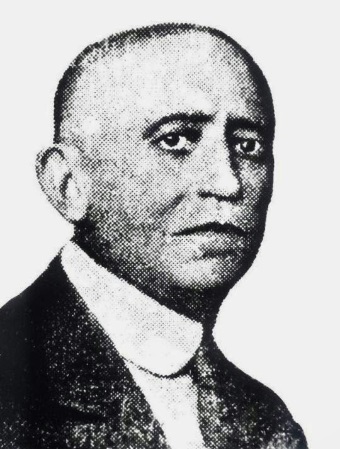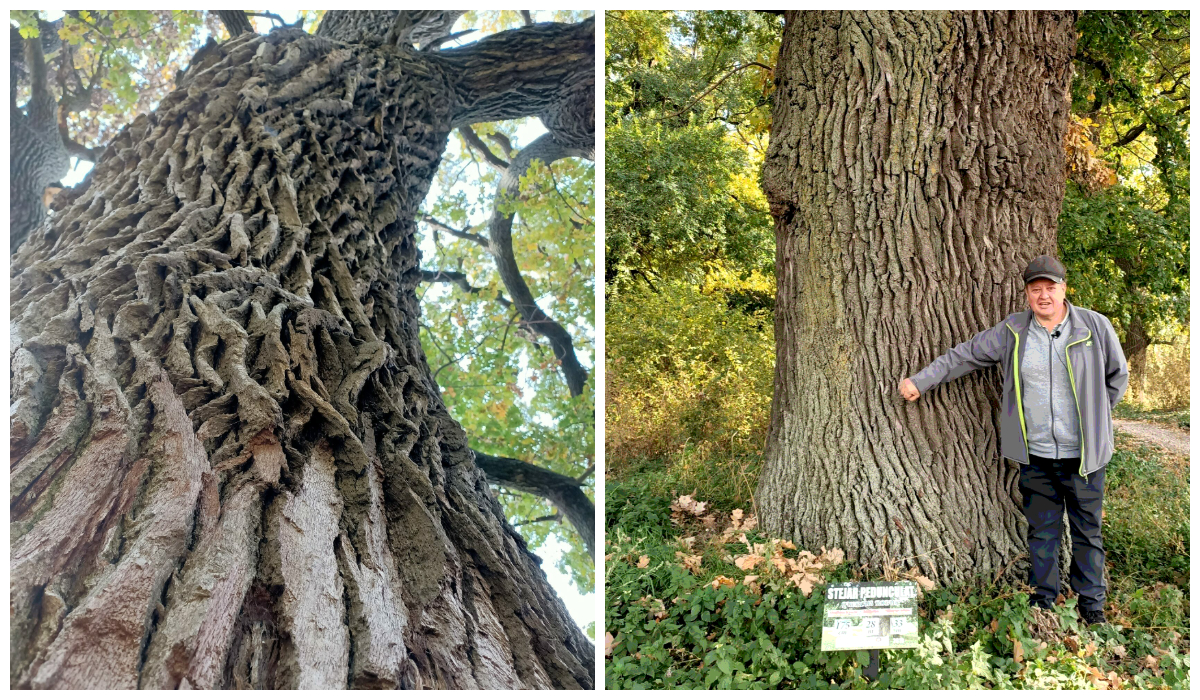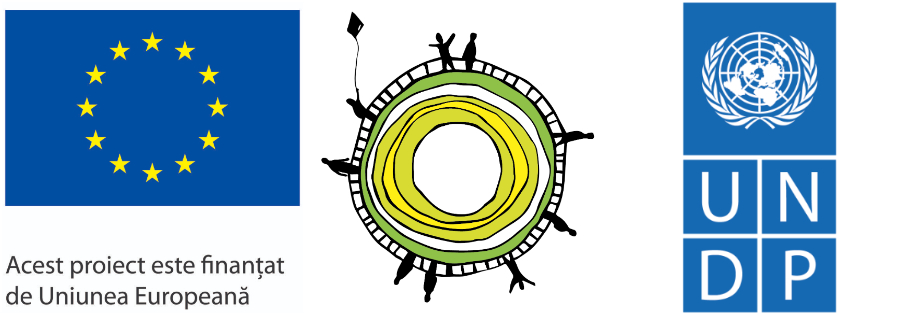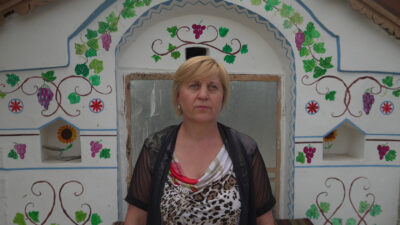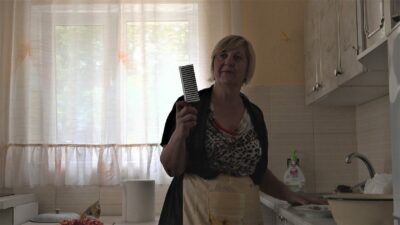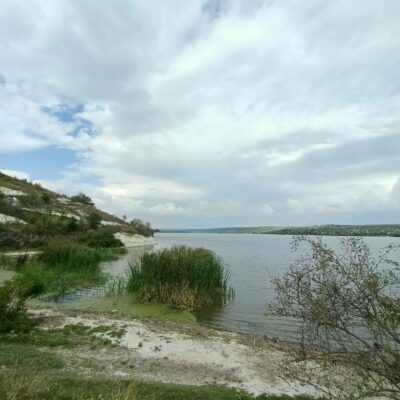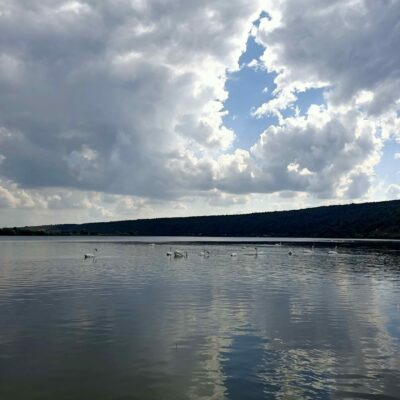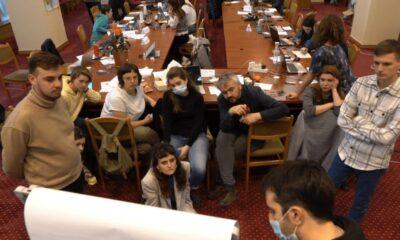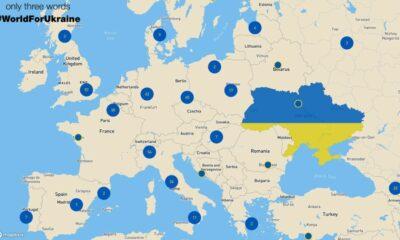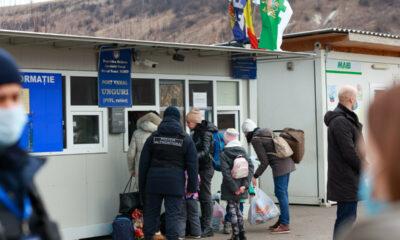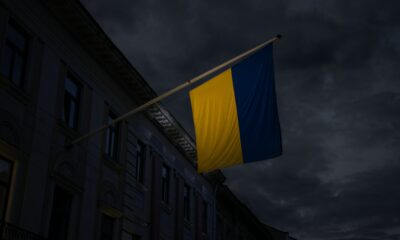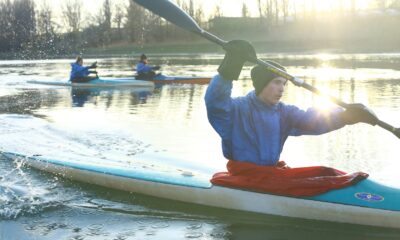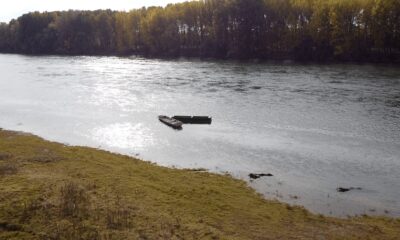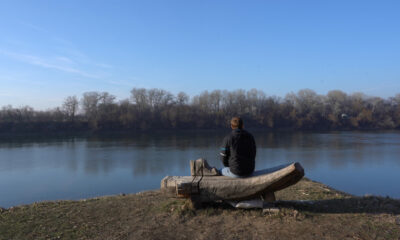Tourism
Along Lesser Traveled Roads – To the Zimbri
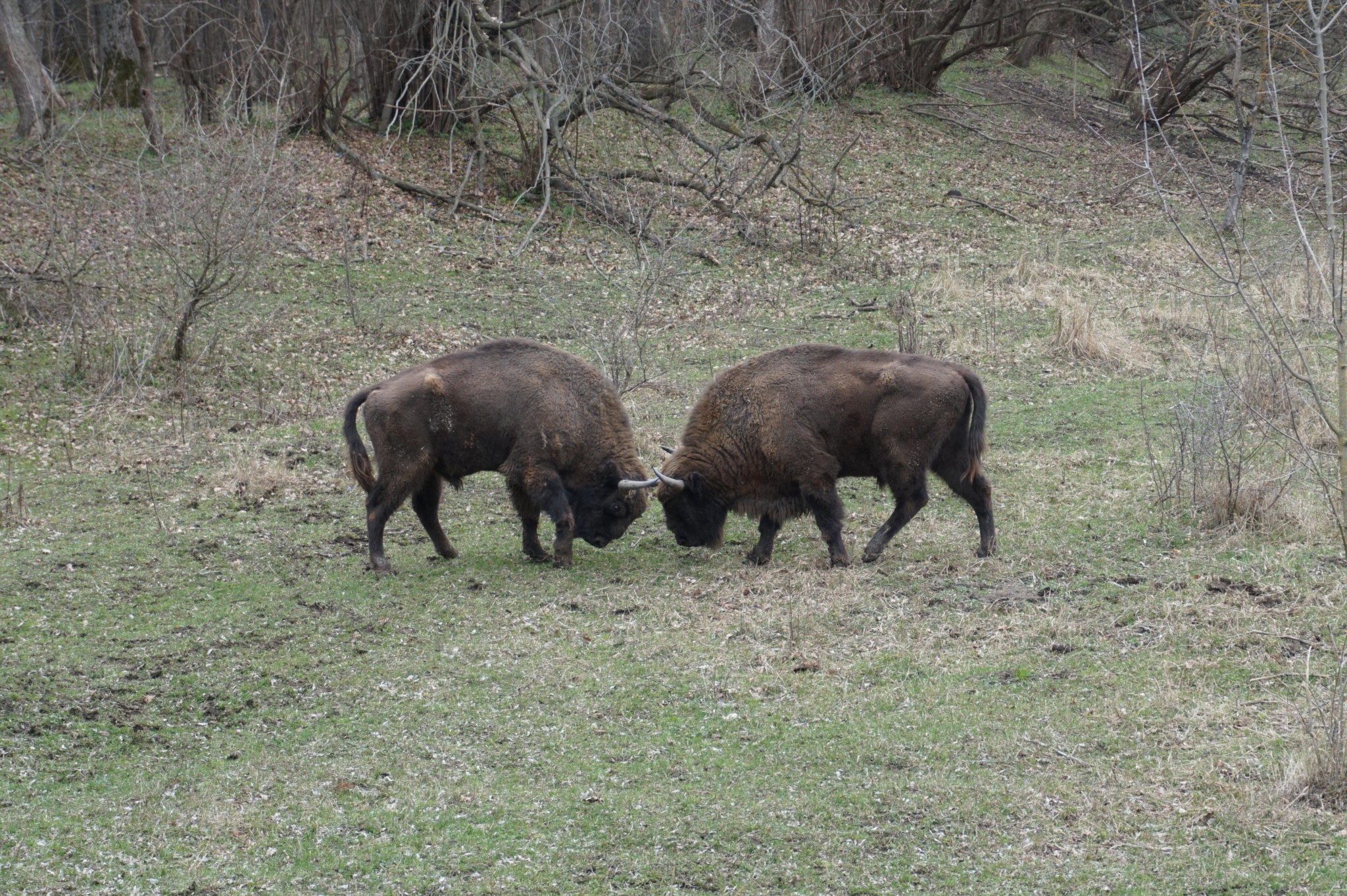
Darius Roby is a travel writer, translator, and an editor for Cluj.com, a city portal with information pertaining to life and tourism in Cluj-Napoca. He can be reached at [email protected]
This time he shared with us his thoughts on the reservation Pădurea Domnească.
I am a big fan of the weekly television show Natura in Obiectiv. Every Sunday afternoon, for half an hour, I forget that I live in a city that suffers from endless construction projects and the clockwork traffic jams while I am taken on a sensory journey some of the most inviting and scenic locations in Moldova. It is part of what draws me to writing, my desire to document the beauty of nature. I am also good friends with the host, Lucia Tăut, having known her for over seven years. Therefore, the show takes on a special meaning for me, not only to temporarily disconnect and put myself in nature, but to follow up on her adventures, and to learn more about the ethereal garden that is Moldova. Such was my joy when Lucia recently invited me to join her in filming an episode of Natura in Obiectiv. 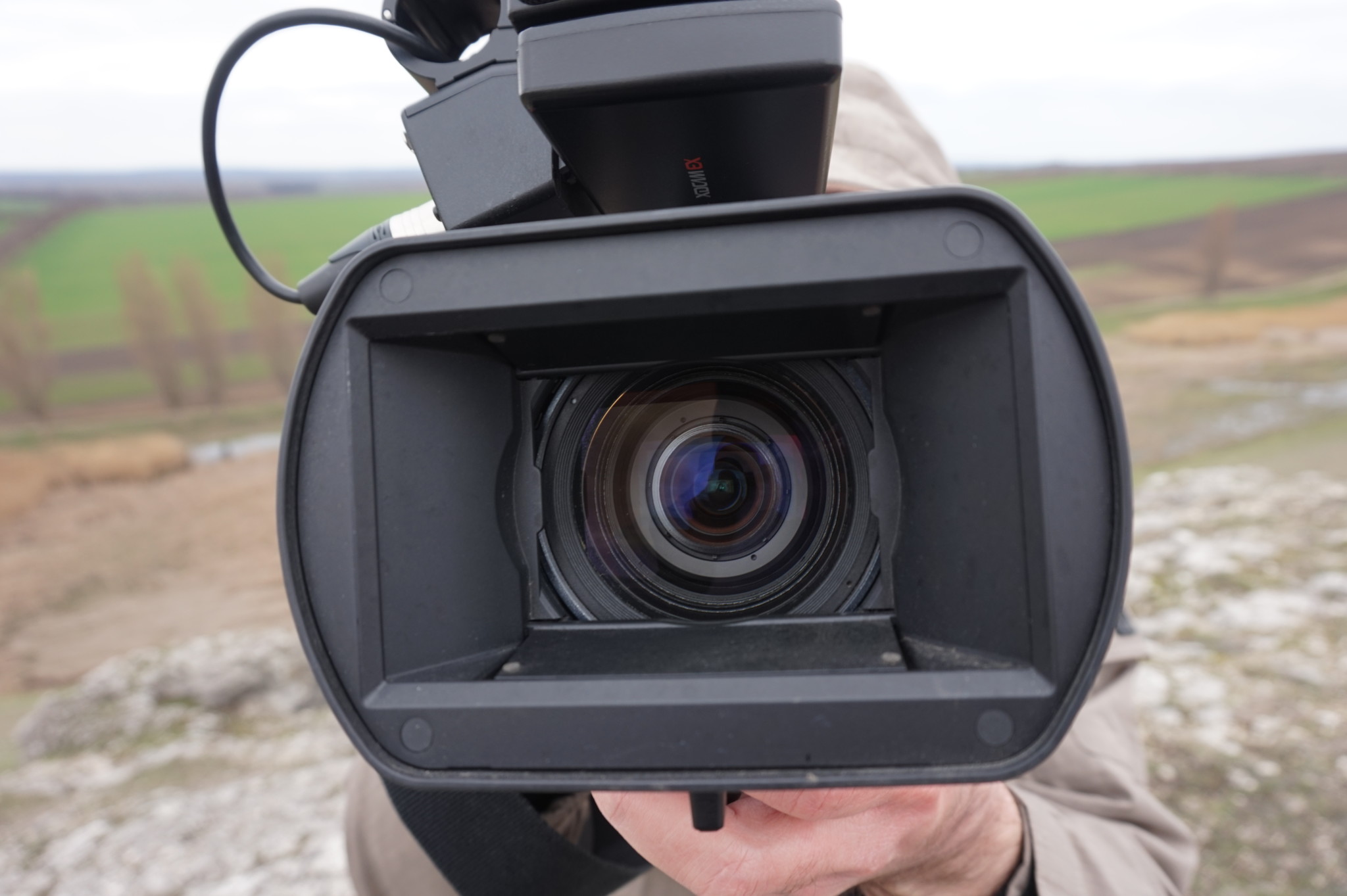
On a windy mid-March morning I made my way to the bus stop opposite the National Bank in Chișinău and awaited the team from Moldova 1. Allow me to put emphasis on the weather that day. The climate has behaved very strangely in recent years in Eastern Europe. I visited Prague for Christmas and I found myself only needing to wear a jacket due to the unseasonably warm temperatures. Winters have been quite short and in Cluj I remember little more than 3-4 weeks of snow over the past three years all together. This year, spring arrived straight out of the groundhog’s den, leading to a very warm and pleasant February. When I visited Moldova in March however, the winter had decided to make its grand finale – a week of wet, windy, and cold weather. To my chagrin, I had also failed to remember that the lands east of the Carpathians are generally colder than those to the west. Therefore, I found myself unprepared for winter’s revenge in my thin spring jacket and scarf. After a few minutes of waiting arrived the team in their car. There was the talkative driver, Petru, the rather quiet and pensive cameraman, Vadim, and of course – Lucia, the host of the show, bright eyes full of warmth and a welcoming smile. After greeting and getting to know my new travel buddies, we departed from the capital and began making our way north.
The day’s objective was to Glodeni, to visit the Pădurea Domnească Nature Reserve. We headed northwards in what turned out to be a pleasant two hour trip. There was much catching up to do between Lucia and myself, as well as being treated to many interesting stories and fun facts from Petru. To my surprise, the road was in excellent condition which only complimented the rural scenery through which we traveled. Much of the road was forested, while in other places there there were green fields winter wheat, hinting at Moldova’s summer beauty, as well as goats and sheep frolicking in the hills. I noted the lack of villages and Petru explained that we were traveling on a former Soviet military road, explaining it’s excellent condition. The road did not pass through villages but rather along their edges so that in times of emergencies, this would help to better facilitate military movements.
Passing along the outskirts of Bălți, we turned west into Glodeni raion where road conditions deteriorated. I became a fan of Petru’s humor, who while avoiding perilous potholes pleasantly remarked that Moldova’s roads are in better condition than those in Ukraine. I did not require any flashbacks to my travels in Ukraine to agree with him. We may have spoken too soon however, as the bumpy road led to metallic clinging noises emitting from the back end of the car. Petru spoke in fear that there may be a problem with the car, but I suddenly realized the problem. The noises were stemming from two bottles of wine rubbing against one another in my bag. That problem resolved, we soon arrived in the city of Glodeni where we awaited the arrival of a representative from the nature reserve. He arrived a few minutes later in his own car and we followed him a bit further towards the nature reserve.
The city of Glodeni is not very large, being home to around 10,000 souls – primarily Moldovans and Ukrainians. The streets are built along a grid pattern, suggesting that it would be a pleasant place for walking during the summer months. Agricultural production seems to be the chief economic activity of the region, due to the large sugar factory on the western edge of the city. I imagine that would be the best way to describe Glodeni – the administrative seat of a largely agricultural raion. There was little to note beyond local administrative buildings. To underline things better, the next two villages that we passed through – Hîjdieni and Cobani, seemed almost as large as Glodeni itself. Cobani, in particular caught my eye due to its breathtaking scenery. There, along the River Camenca could be found many lakes and ponds. To the left of the road, there is a dramatic cliff that rises above the surrounding land, overelooking the village. At the summit I noticed a large cross planted, not unlike the one at Orheiul Veche. My curiousity stoked, I inquired with Lucia in regards to nature of these crosses, who explained that there is a tradition among Romanians to put crosses at intersections as a sign of blessing. The same holds true to villages that are located close to hills, cliffs, mounds, etc where crosses are placed on the summits in order to protect the inhabitants from evil phenomonea. They are a sign of hope and faith that God will protect them from evil and allow them to live in peace and quiet. Such is the wonder that stems from traveling – coming to a better understanding of the world as one’s mind is exposed to new concepts and local traditions.
We soon arrived at the reserve alongside the River Prut and met our guide, Marian Ţarigradschi, who led us around the area. With him, we made our way along the River Camenca where we climbed an adjacent cliff. Facing towards the west, he explained that on clear days, it is possible to see the Carpathians in Romania. While Lucia interviewed him for her report, I quietly enjoyed the view. It was a marvelous view, one that I do not often get to enjoy – to sit on a high place and behold a different country. It was a strange feeling, the thought that the little houses in the distance, in Botoșani County, are in a different country, and should one think critically – a different world. With such thoughts and the wind blowing very hard, it was very easy to forget the cold, that despite the thermometer reading a temperature of +6 C the wind chill made things feel as if it were below freezing. As Petru had taken care to remind me, the winds here come from Siberia.
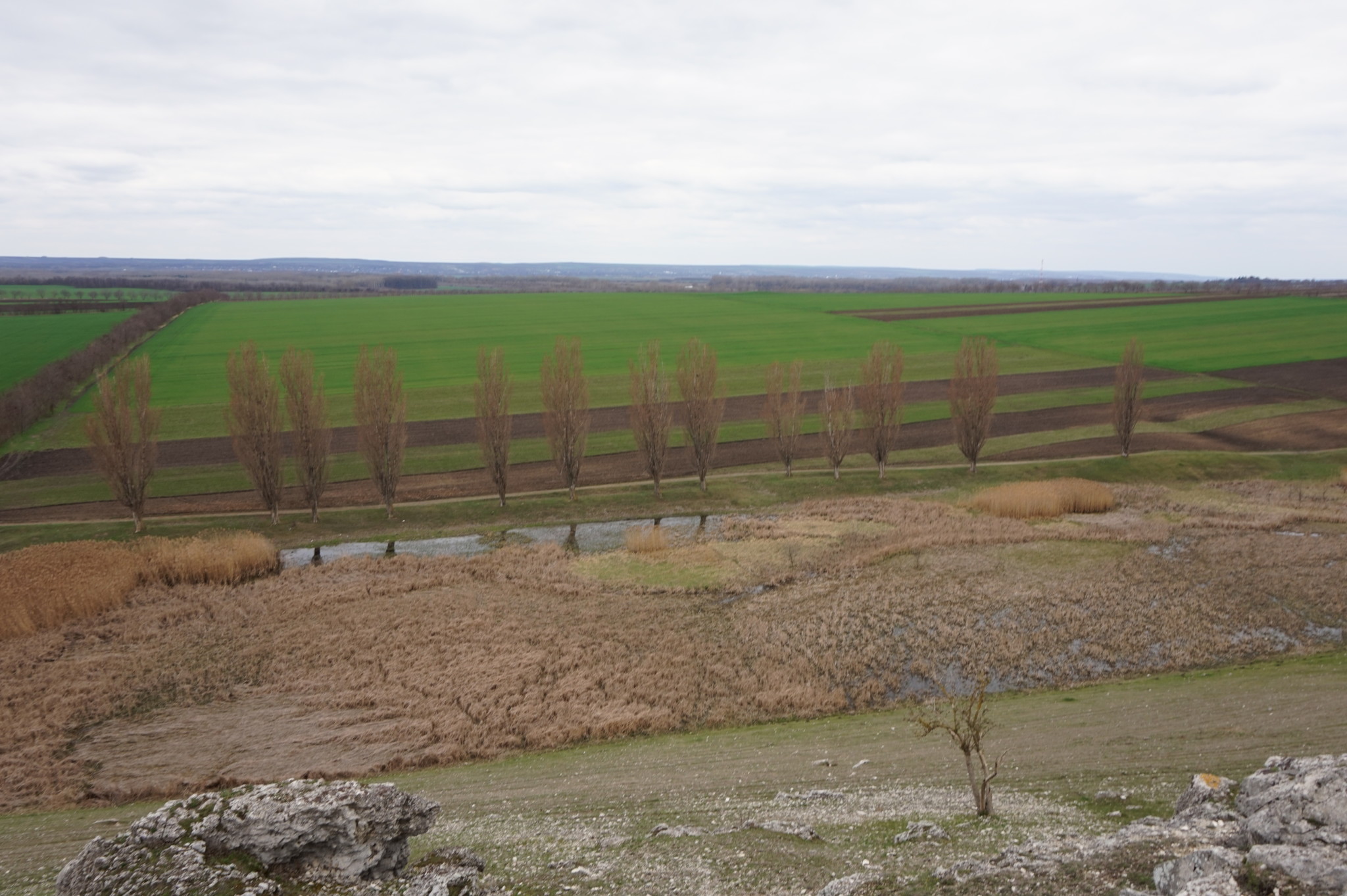
After filming the scene, we descended the cliff and hopped back into the car where we traveled south for a few miles until we reached the woods. Here, we reached the chief objective of the day – to see the endangered European bison. Here I must take note that the name ‘bison’ is a misnomer. While these magnificent animals are indeed cousins of the North American bison, the European version is a separate species. We refer to them as bison in the English speaking world because these creatures (and our knowledge of them) disappeared in Western Europe centuries ago and our knowledge and perception of them transferred to the American bison as English speakers colonized America. The old Anglo-Saxon name for European bison is weosend, which disappeared from the English language as the bovines disappeared during the Middle Ages. The modern word – wisent, is a 19th century German borrowing.
With a previous range that once stretched from Western Europe to Central Asia, wisent were hunted to near extinction by the early 20th century, surviving only in the Białowieża Forest in Poland and Belarus. All wisent in captivity today are descended from the last remaining group of nine that were found in the forest at the end of the Second World War, with numbers reaching today 5,000 found at reservations in Romania, Poland, Belarus, Russia, Lithuania, the Caucasus, and of course – Moldova. The Pădurea Domnească reservation is home to five wisents, three are adults – two males and a female, brought from Poland, while there are also two calves that have been born at the reserve. Others have been born there but they have not survived. The lack of genetic diversity resulting from the initial population bottleneck, has led to inbreeding depression, becoming one of the most significant challenges that threatens wisent conservation today.

At the zimbrarie (Romanian: zimbru = wisent), we got a chance to observe the two already mature calves that were locked in a horn to horn struggle. I do not know if they were engaged in a true conflict or were they simply being playful, but the larger of the two easily defeated the other then happily trotted away to feed at a nearby barn. They are majestic creatures, a bit taller but less hairy than their North American cousins. The bison (both the European and North American species) is a wonderful example of how humanity can affect the planet, in both good and bad ways. A reckless disregard can drive a species to near extinction, while keeping a more careful eye towards nature can be very rewarding. Hopefully future generations will be able to also observe these beautiful creatures, and through them learn the importance of caring for our planet.
Walking underneath the silent trees and observing the spring flowers and oak trees with Lucia and Marian, I inquired about the name of the “Padureă Domnească (The Prince’s Forest). “Did Stephen the Great come here for hunting or something similar?” I joking asked. After laughing, his response was that the name was simply taken from the nearby village – Moara Domnească. That makes sense. Thanking him for his time, I expressed my desire to visit the nature reserve again in the future, perhaps when the weather will be warmer and everything more green. The forest itself, being home to deer, boars, and other wild creatures, fascinated me. Hearing about the nearby “Suta de movile” definitely piqued my interest. I also thanked Lucia for the wonderful trip, glad to have been able to spend time with her, and looking forward to to the day when our mutual love for nature, beautiful scenery, history, and culture would again bring us together to explore the largely undocumented beauty of Moldova and the lands beyond.
Culture
The village of the first astronomer in the Republic of Moldova

Culture
Vîșcăuți, the Moldovan village where you feel like heaven
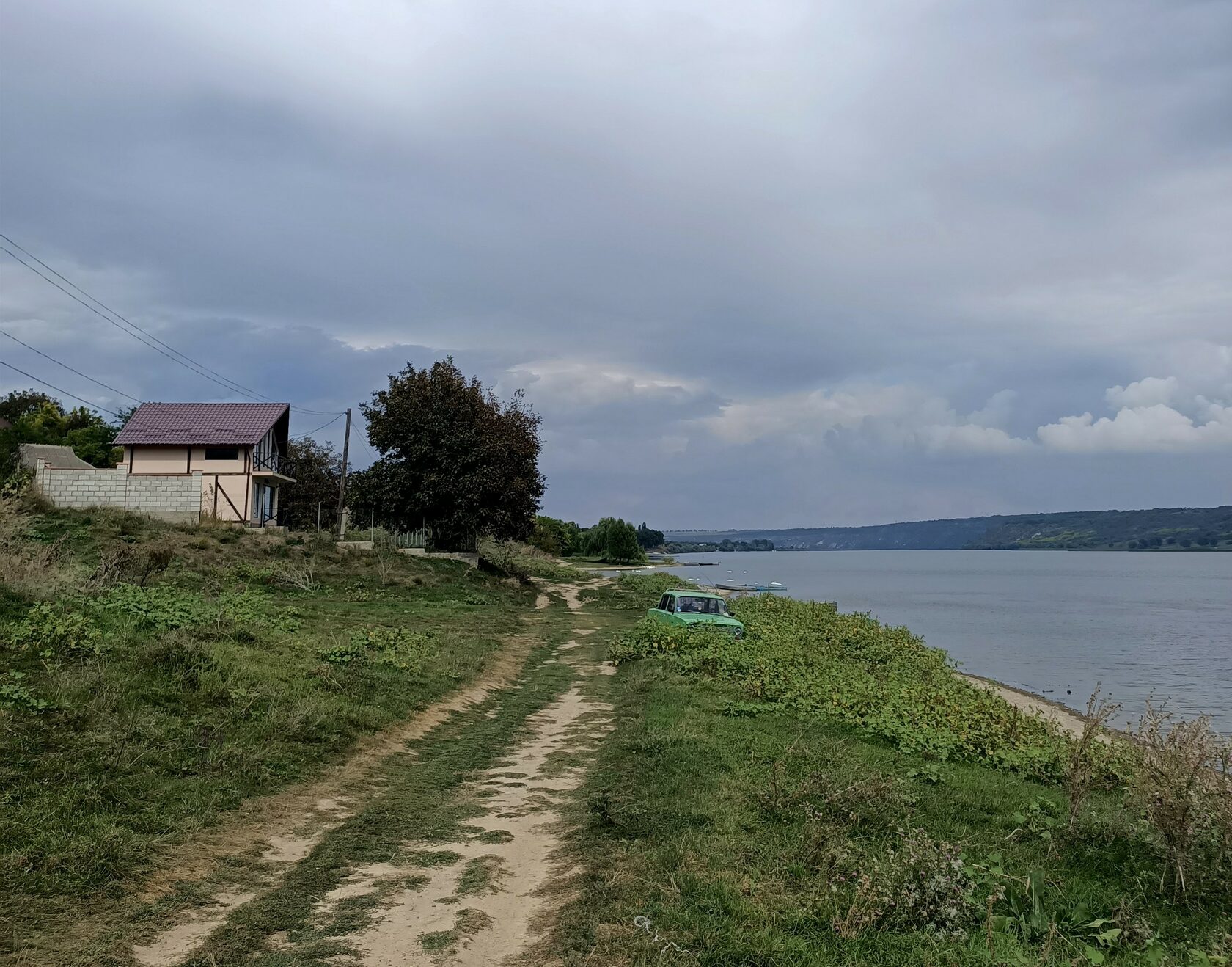
Reading Time: 9 minutesShe enters the house in a hurry and arranges the corner of the entrance mat. She leaves her purse and other items on the kitchen chair and starts washing the dishes. Then she goes to the second floor, changes the sheets on the beds, arranges the trinkets on the table, draws the curtains and opens the windows to aerate the room. From the window you can see the Nistru river, its banks covered with fresh vegetation. The woman sees to her tasks. She vacuums, she cleans the floors and starts all over again on the first floor.
Then she moves to the old house next door. Nobody was accommodated in this house yet, as everyone prefers “euro” repairs, as Lucia, the 52 years old administrator of the guest house, explains. But she doesn’t let the dust settle on the furniture and always has the rooms ready to accommodate guests.
The House of the Boyar is a guest house in the village of Vîșcăuți, Orhei, and can accommodate up to 8 persons. It is part of an eco-cultural touristic project “Bronze Half-moon” (“Semiluna de bronz”), which aims at attracting tourists in rural regions, offering them authentic experience, but it also promotes social entrepreneurship.
Besides involving the locals by creating jobs, the project also offers the opportunity and necessary support for the villagers to sell their products and services. Also, the profit is reinvested in the locality and its development. For example, now they work on developing a touristic trail through the forests of Vîșcăuți with all the necessary infrastructure, which will benefit the visitors of the village, as well as the locals.

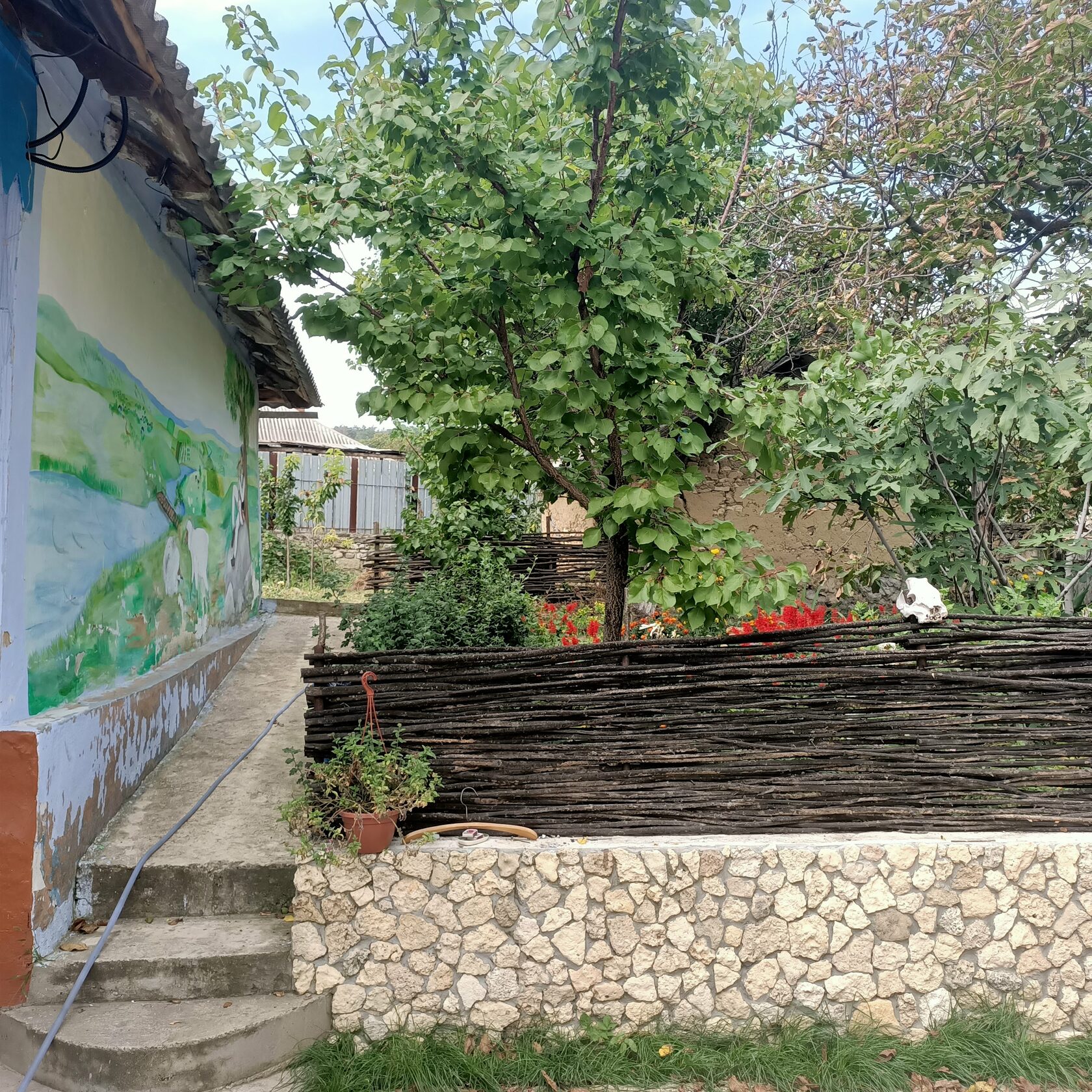
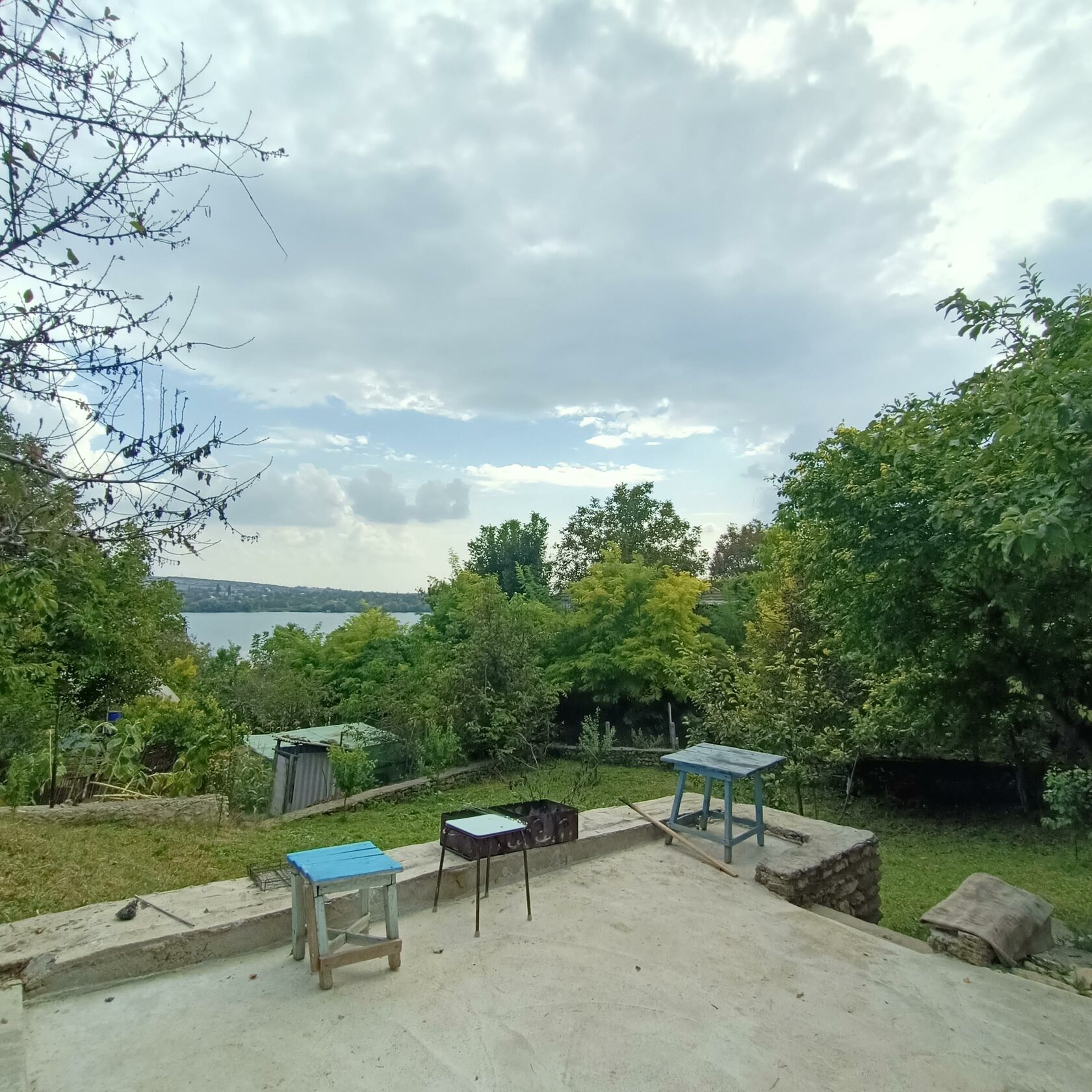
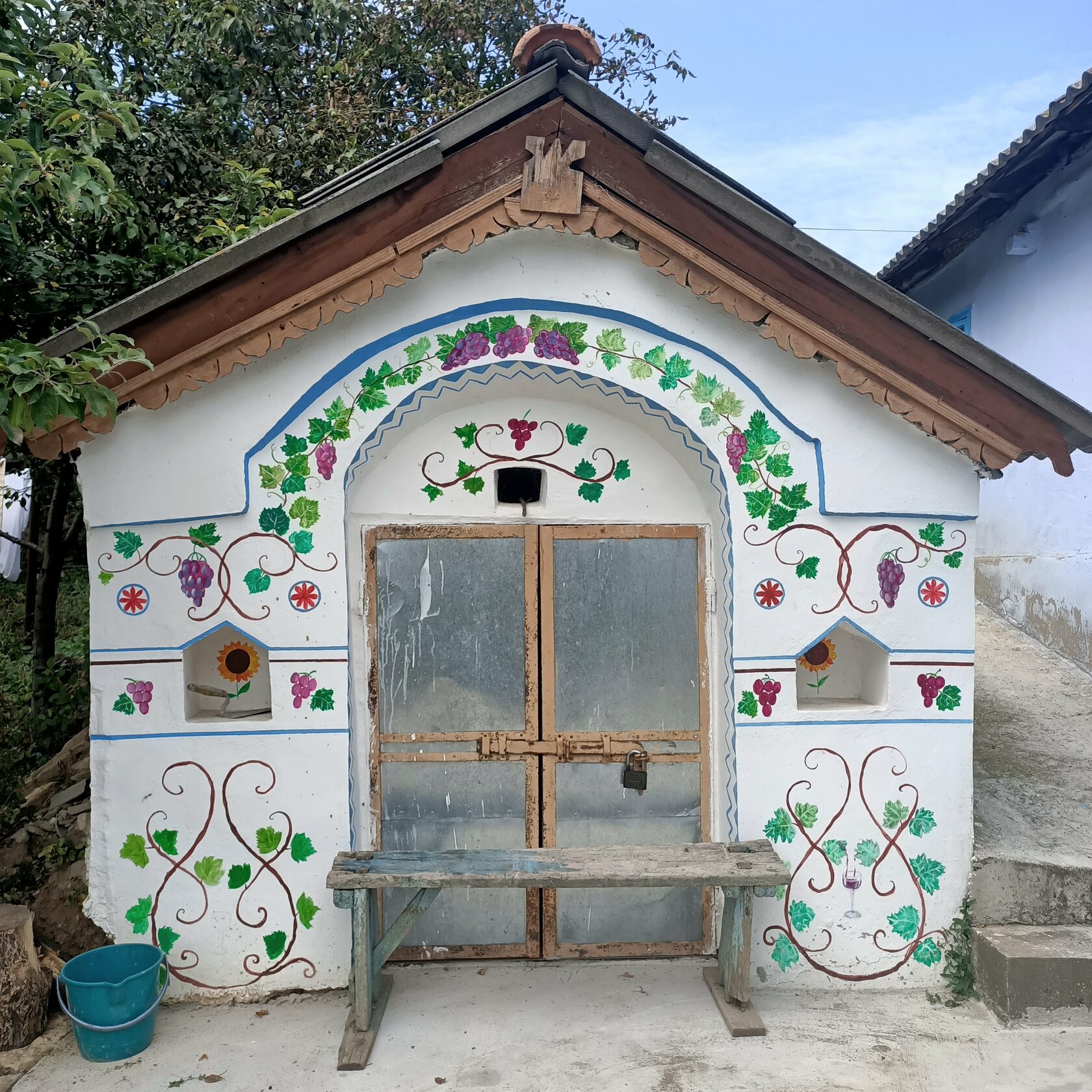
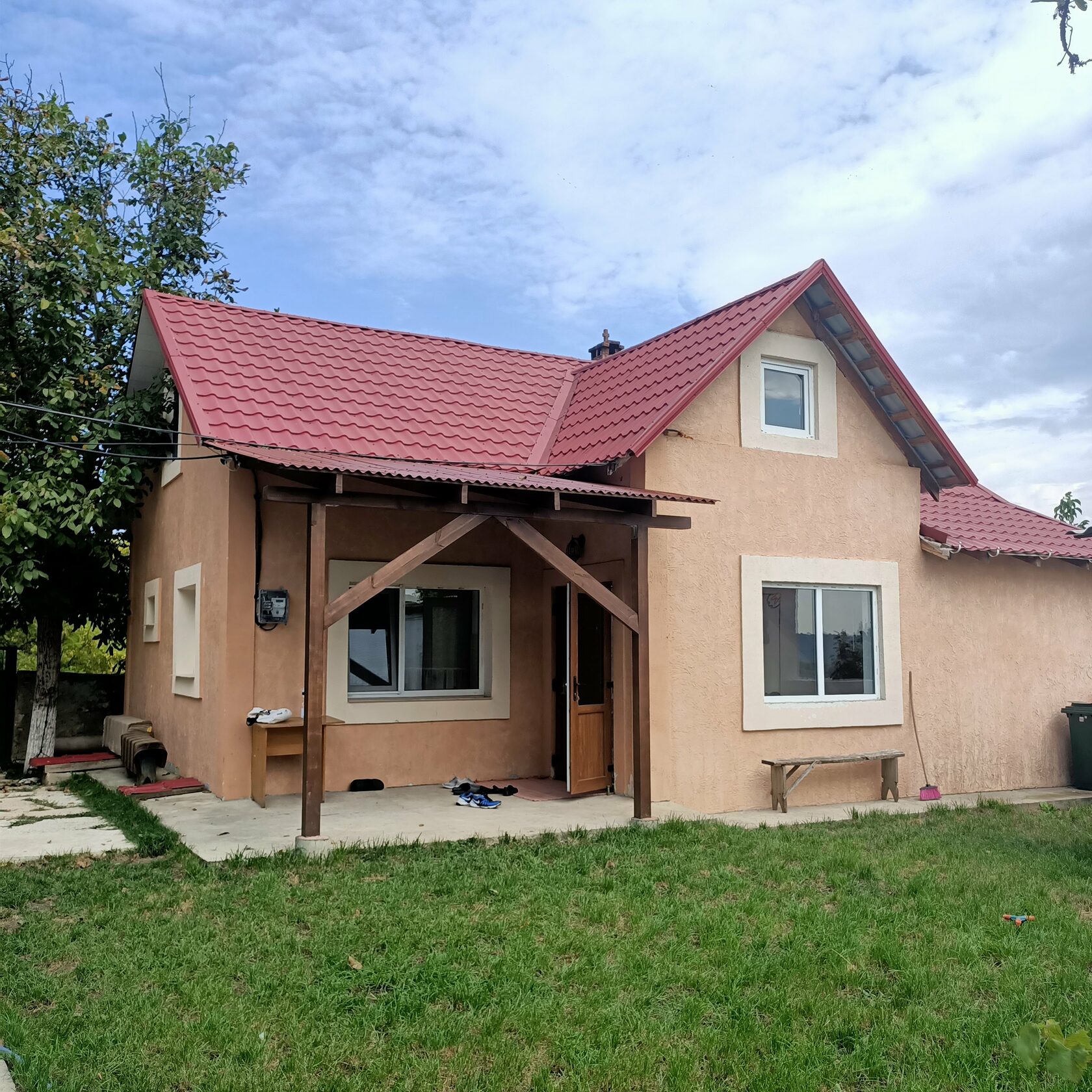

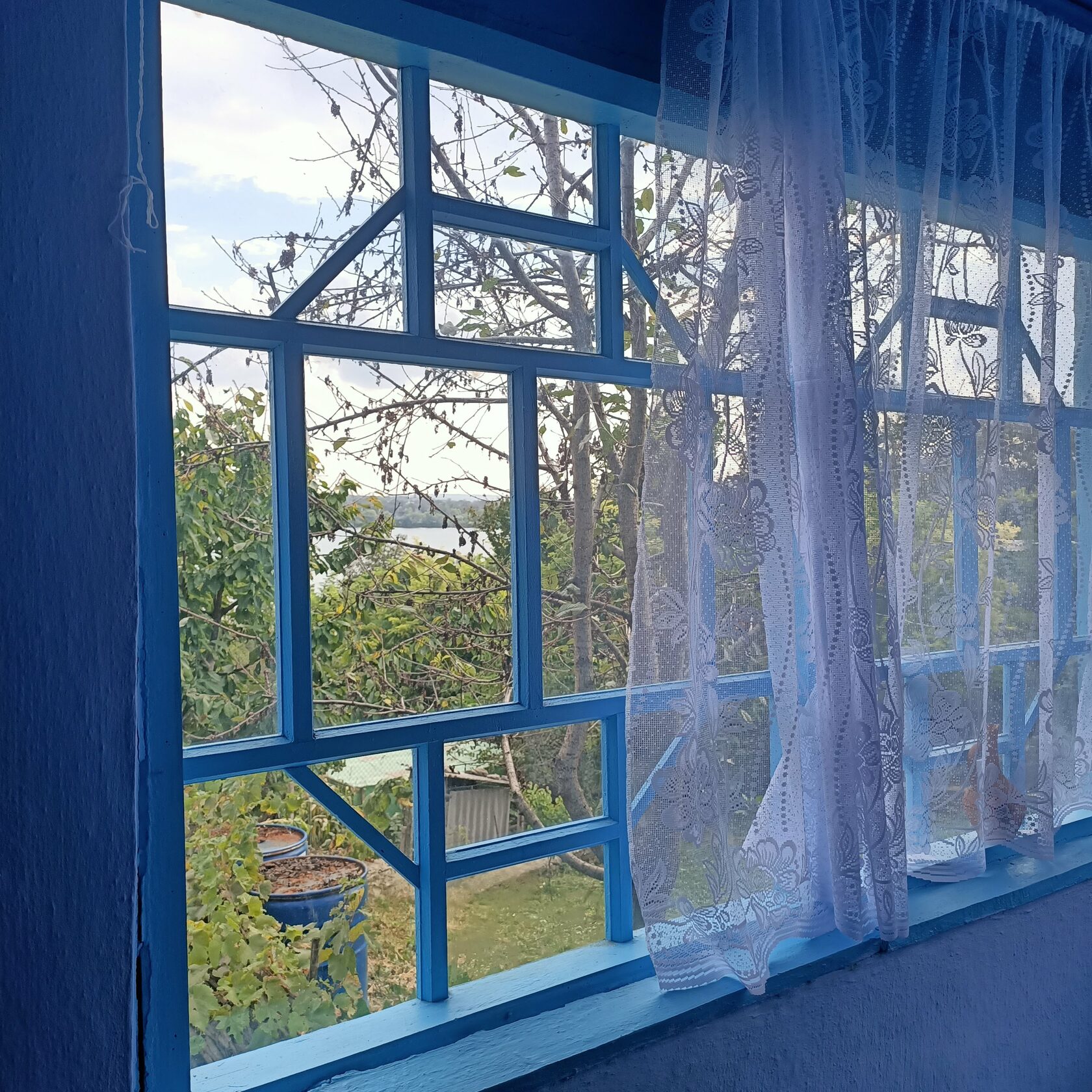
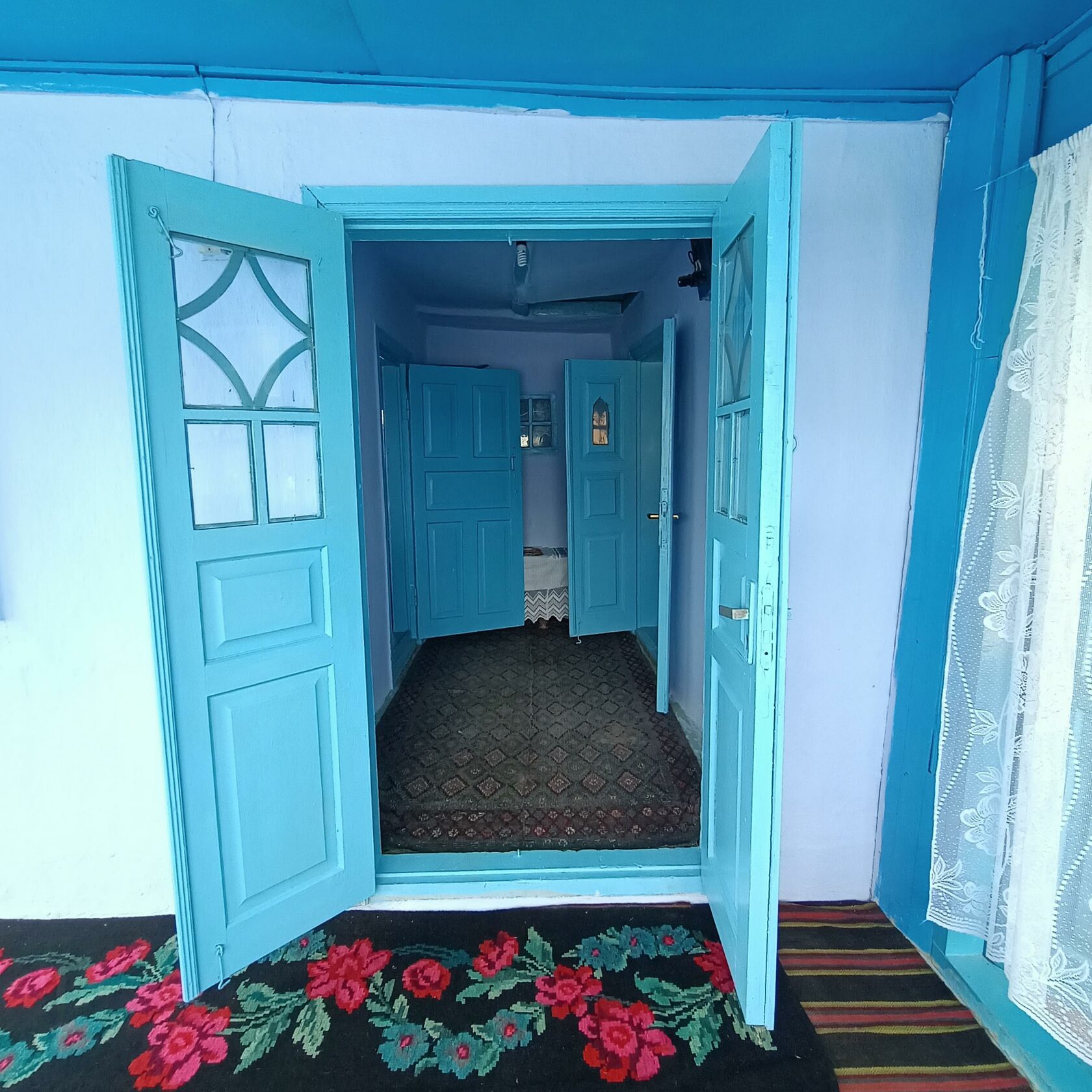
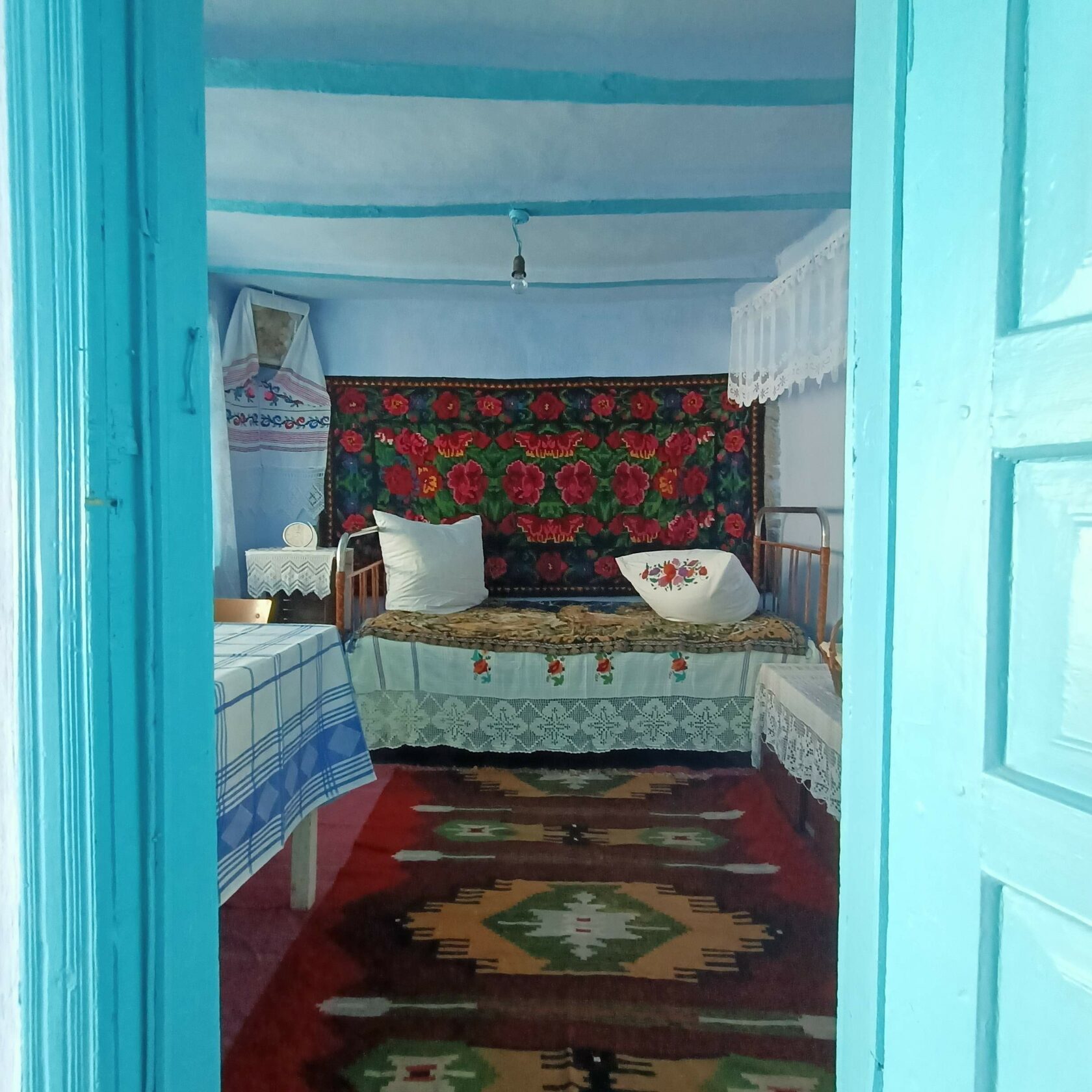
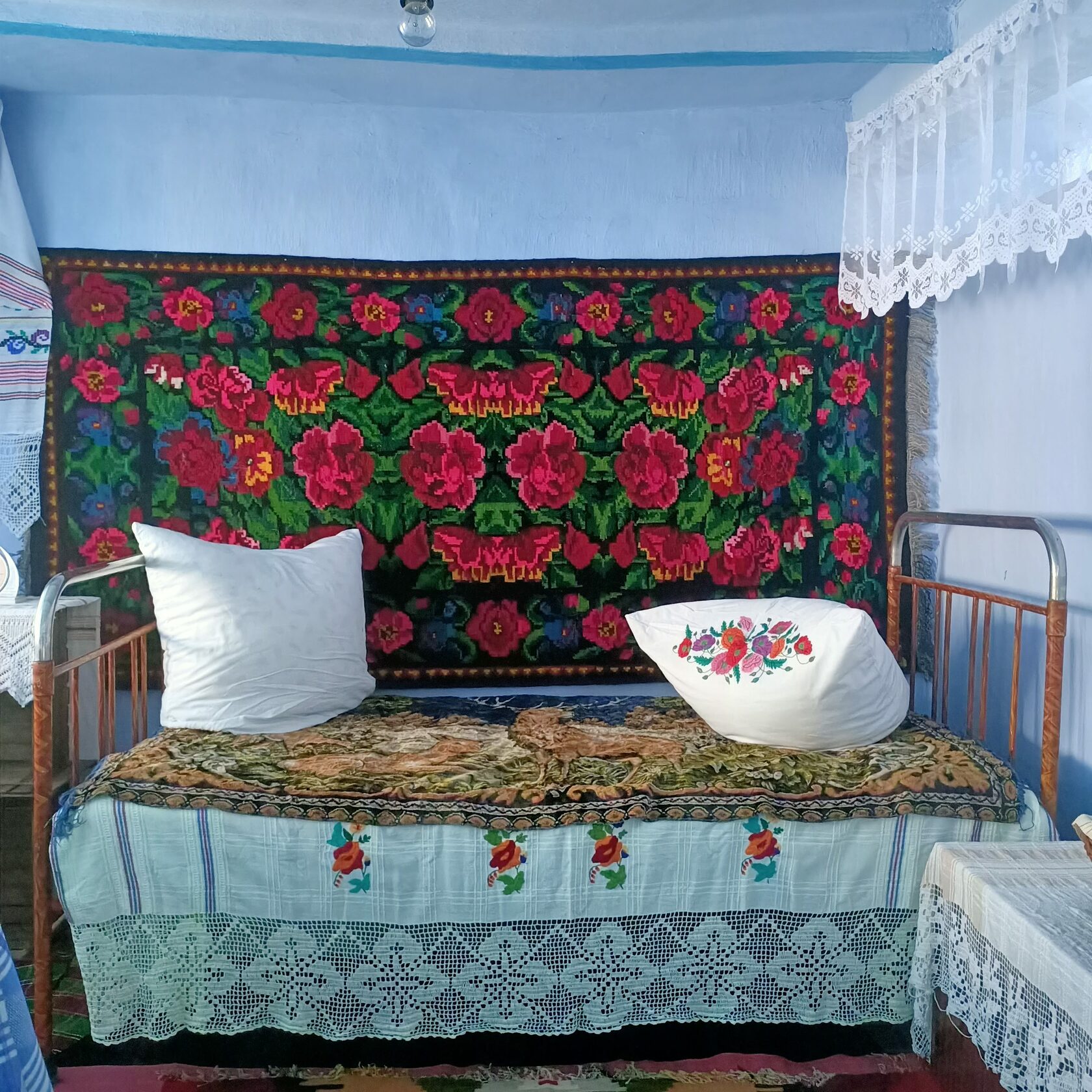
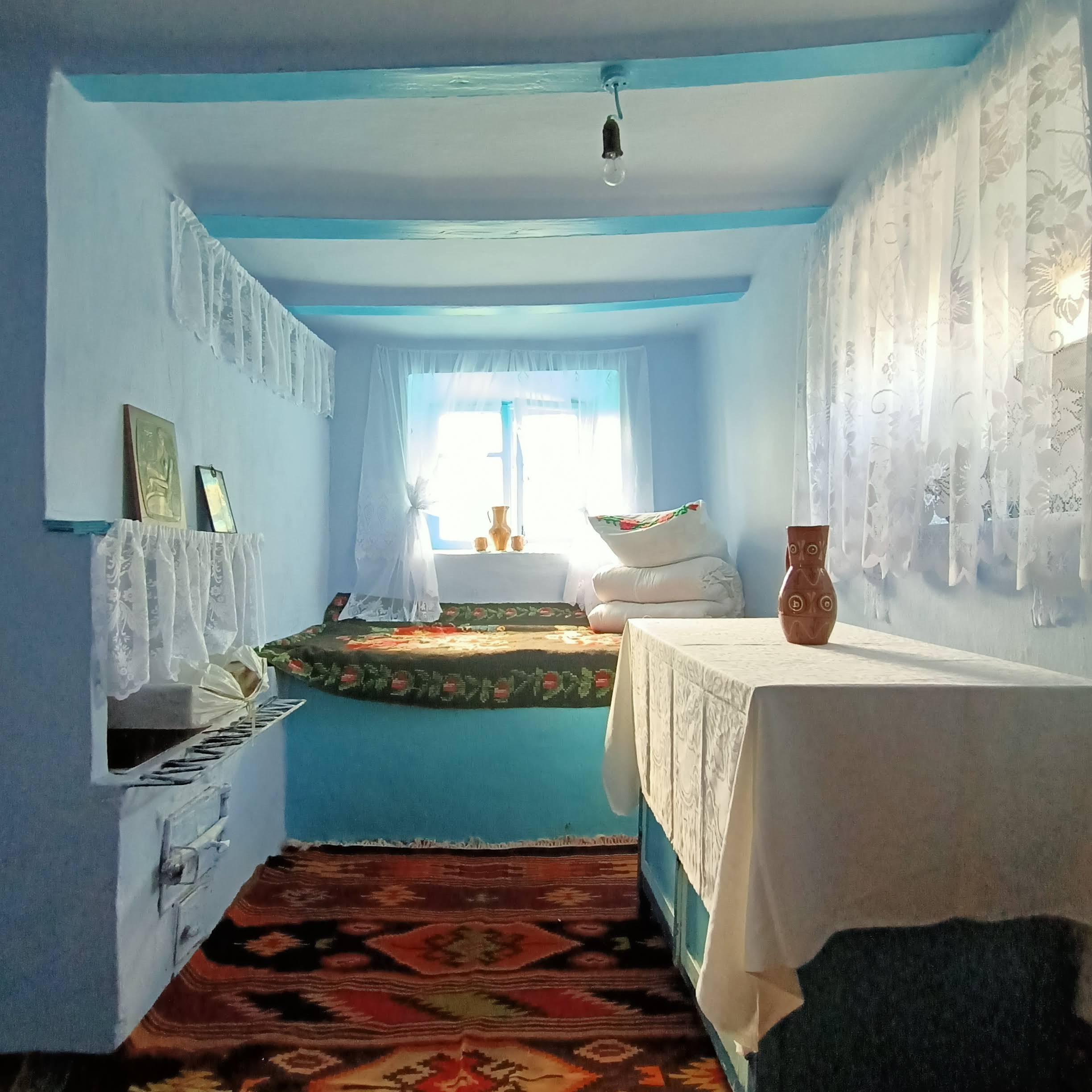
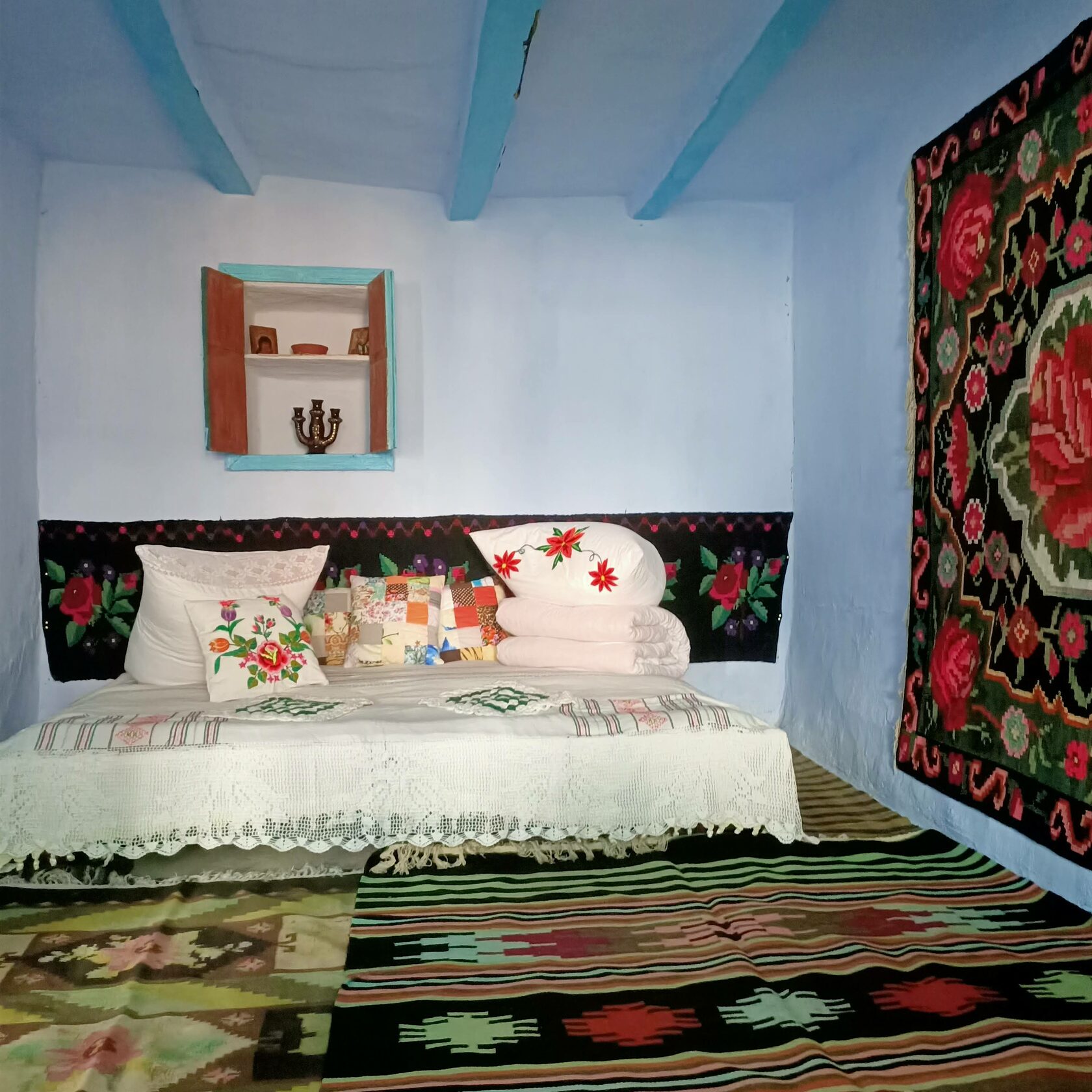
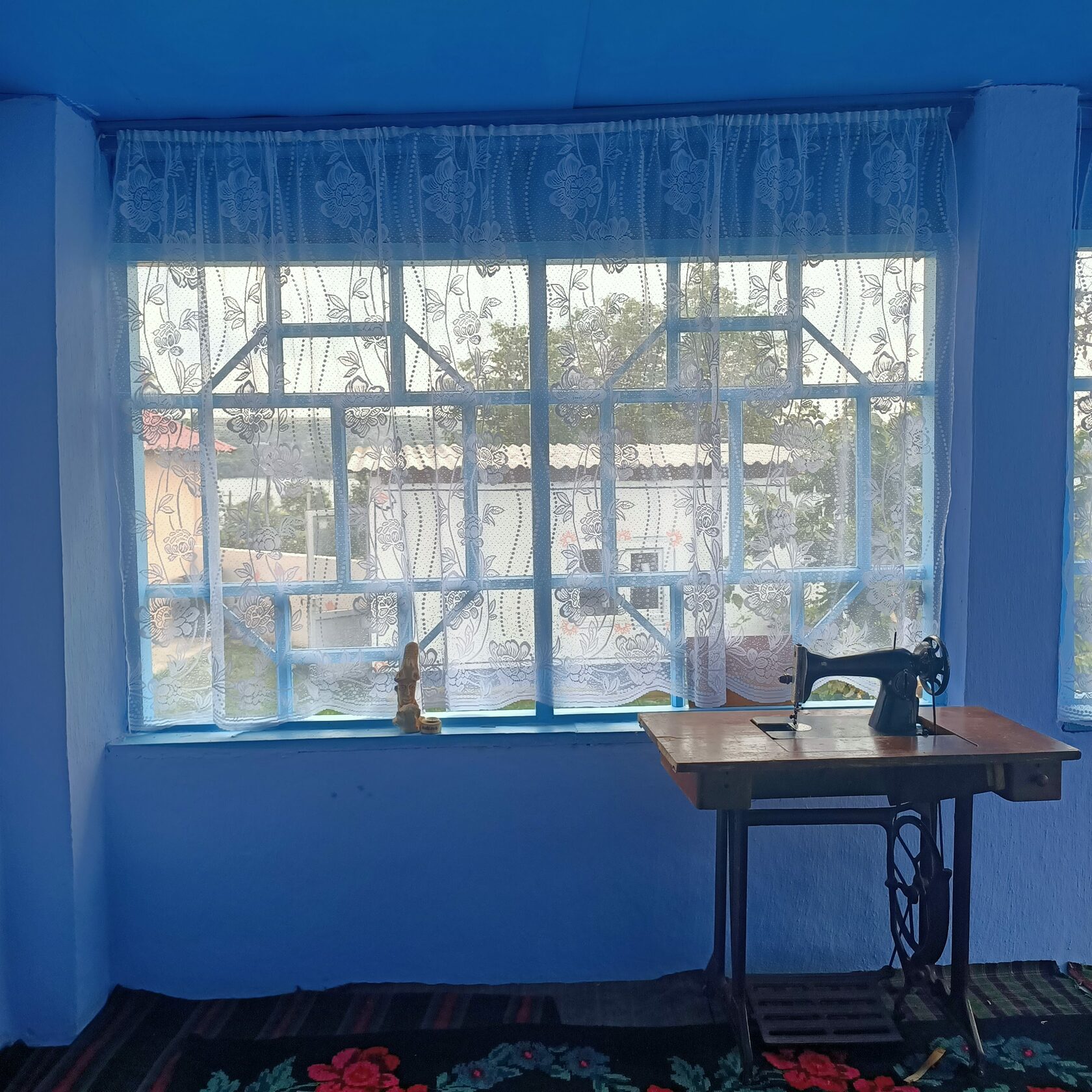
Lucia quickly sweeps in the yard and takes out the trash. She managed to tidy up in just about two hours. A group of tourists just left and another one is coming. Lucia Frunză took off her apron and is ready to welcome the guests. “They come from Chișinău, they come from everywhere,” she says in a hurry.
Lucia remembers when she received a group of 18 people. At their request, she cooked them plăcinte, pot roast and mămăligă. But she decided to make them a surprise and prepared some mulled wine. “As a bonus. I have a special recipe. I add black pepper, sugar, lemon, oranges and a little vanilla. These give the wine such an arooomaaa.”
She is a very good cook. And one of her secrets is a special knife, which she carries with her from home to the guest house and back. It’s a cleaver with a wavy pattern blade, so when she cuts produce, it has jagged edges. When she makes soup, she cuts the potatoes, the carrots, the meat and the onion – she slices everything with it. Once she brought a bowl of soup to uncle Colea. “Oh, this soup with farfalle is so good, it’s like at a restaurant!,” recalls Lucia amused about the impression she made on the neighbor.
The meadow and the cave
Gheorghe and Ludmila Frunză live down the road from the guest house. When Lucia has too much on her plate, the old couple helps her out with cooking or with laundry. He is 74 years old, and she is 70. In summertime, the couple spends their second youth in Vîșcăuți. In winter, when it’s cold, they go back to Chișinău.
Gheorghe was born here, and he knows all the surroundings like his five fingers. He knows how to reach the Boyar’s Cave two ways: one is more difficult and the other one easier.
If you are in good shape and have the courage, you can reach the Boyar’s Cave through the ravine. But Gheorghe’s legs can’t keep up with this trail as he used to. The pathway to the cave goes between two rocky hills. You will step on the slippery rocks, washed by the cold water of the springs. You will climb the trees so thick, you can’t embrace with both hands, knocked down by the summer rain.
You will slowly advance towards the cave located up the hill, where you’ll see the Cornelian cherry dogwood full of hard-to-reach red berries, which local people pick for making compote. If you try and yell between the two rocky hills, your voice will not travel far. You will have no use of modern technologies, and your phone will only be good for taking pictures. Here you can breathe fresh cold air, while embraced by the silence dictated only by the murmur of the water.
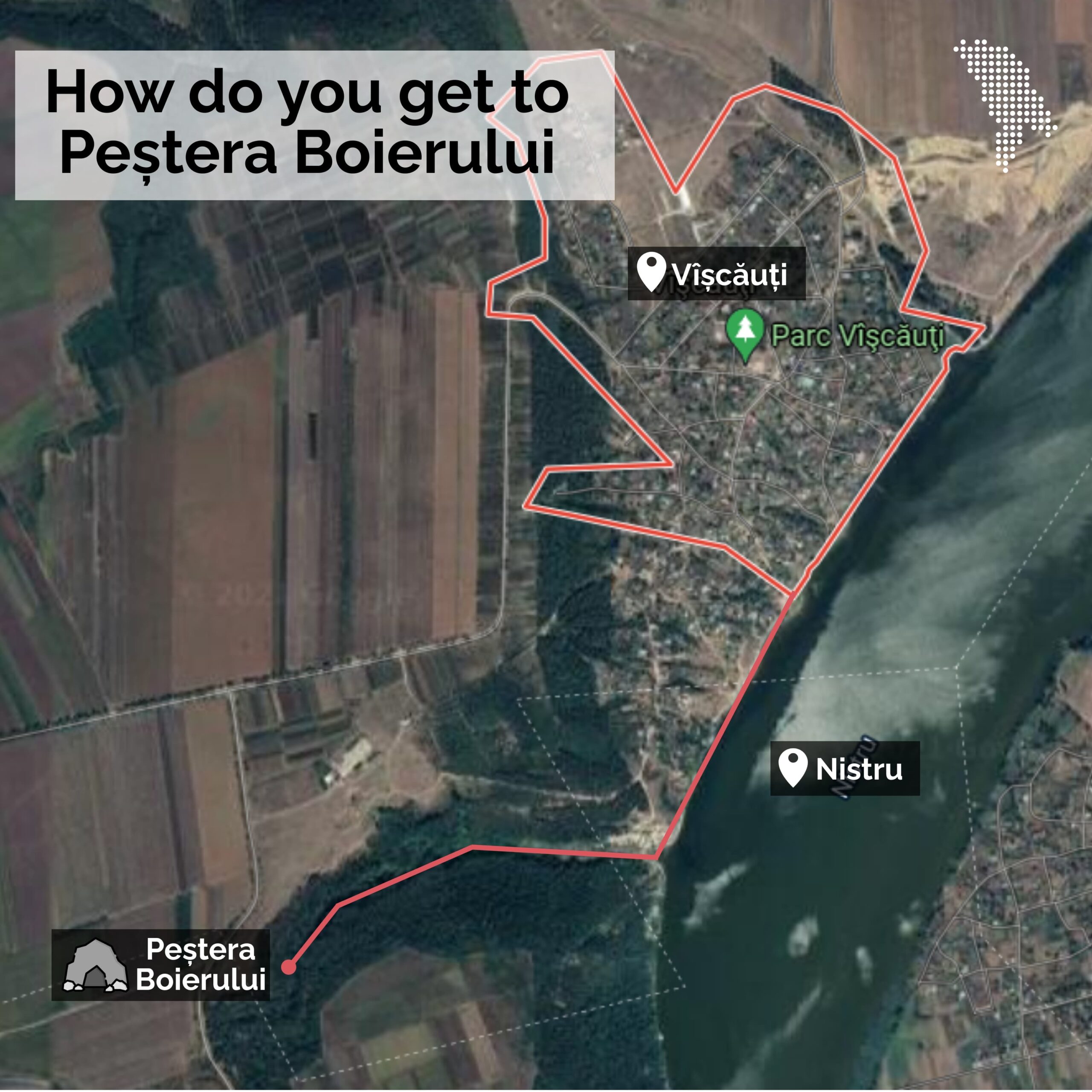
Once you reach the cave, you need a lantern. On the walls you can see “V+M=LOVE”, but also hanging bats – almost embraced one next to another. There are three entrances to the cave and many labyrinths. No one knows exactly what are its measurements. There are some assumptions that it’s one kilometer long. But you can’t really reach its depths, because it collapsed a long time ago.
There are many legends about the origin of the cave. Gheorghe tells us that it used to be a quarry, tons of rock being extracted for the construction of churches.
Actually, according to archives, the cave was dug by the Sandino boyar around 1900 for storing wine barrels.
Locals say that during the two world wars, the cave was used as shelter for their grandparents and great-grandparents, and that they were guarded by the soldiers stationed in Vîșcăuți.


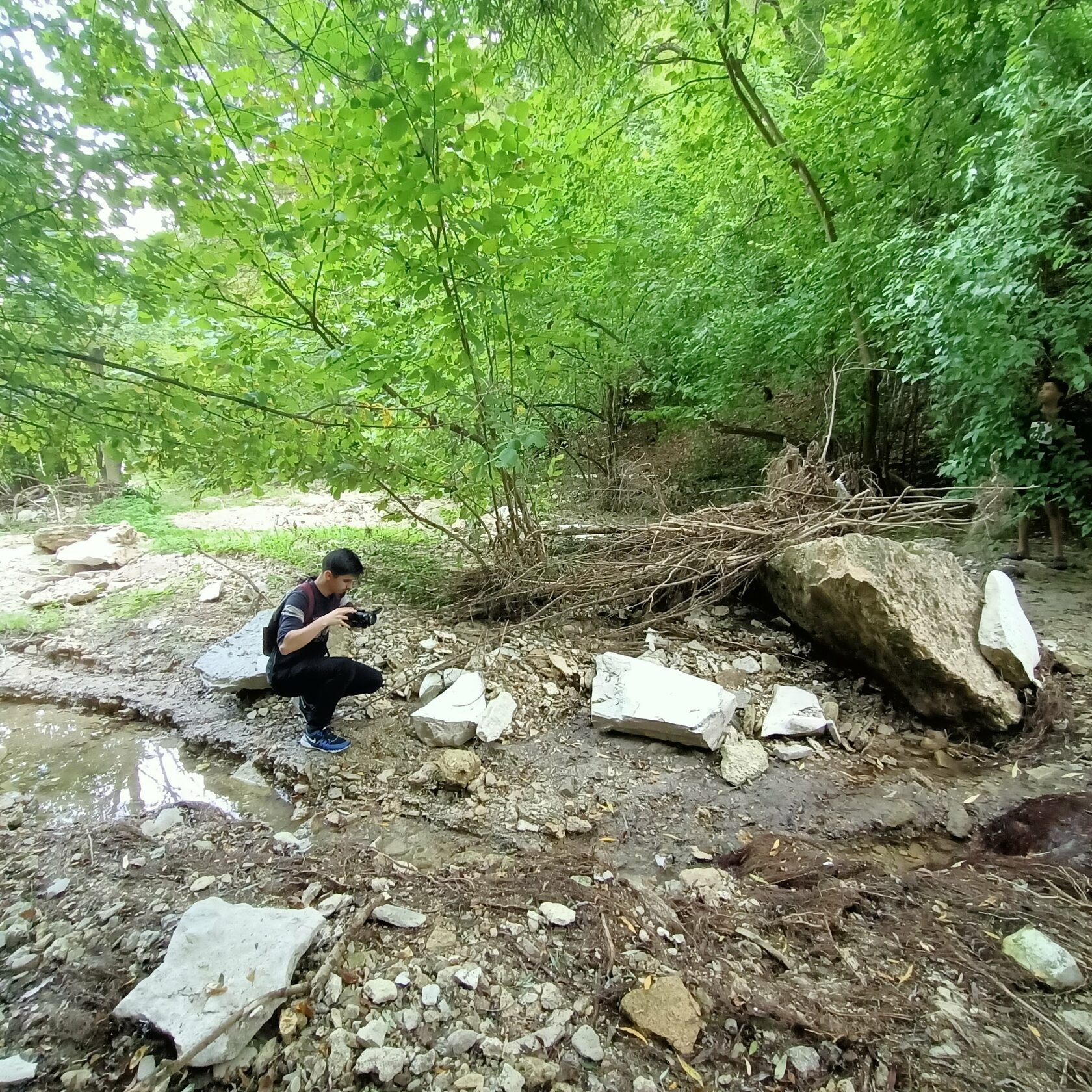
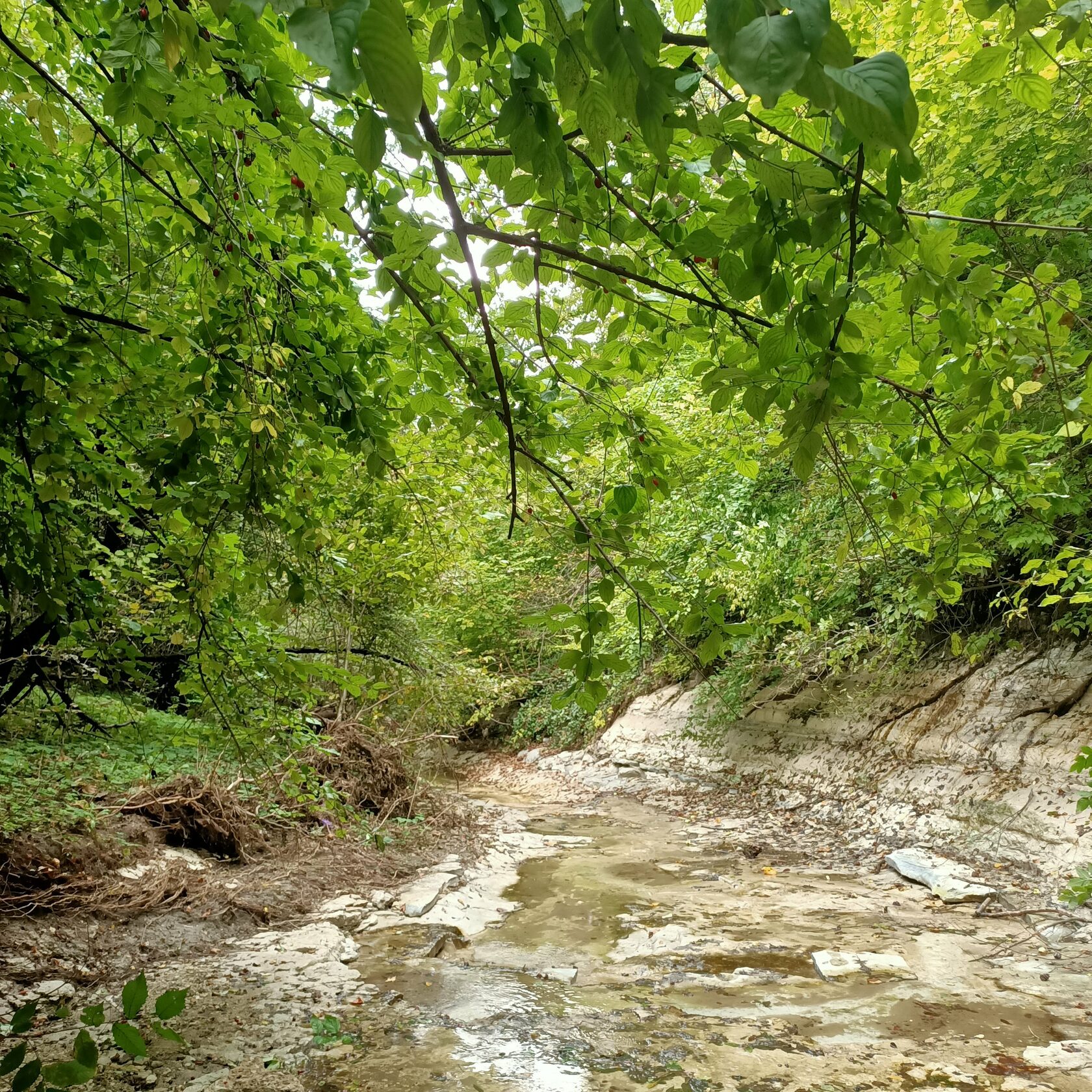
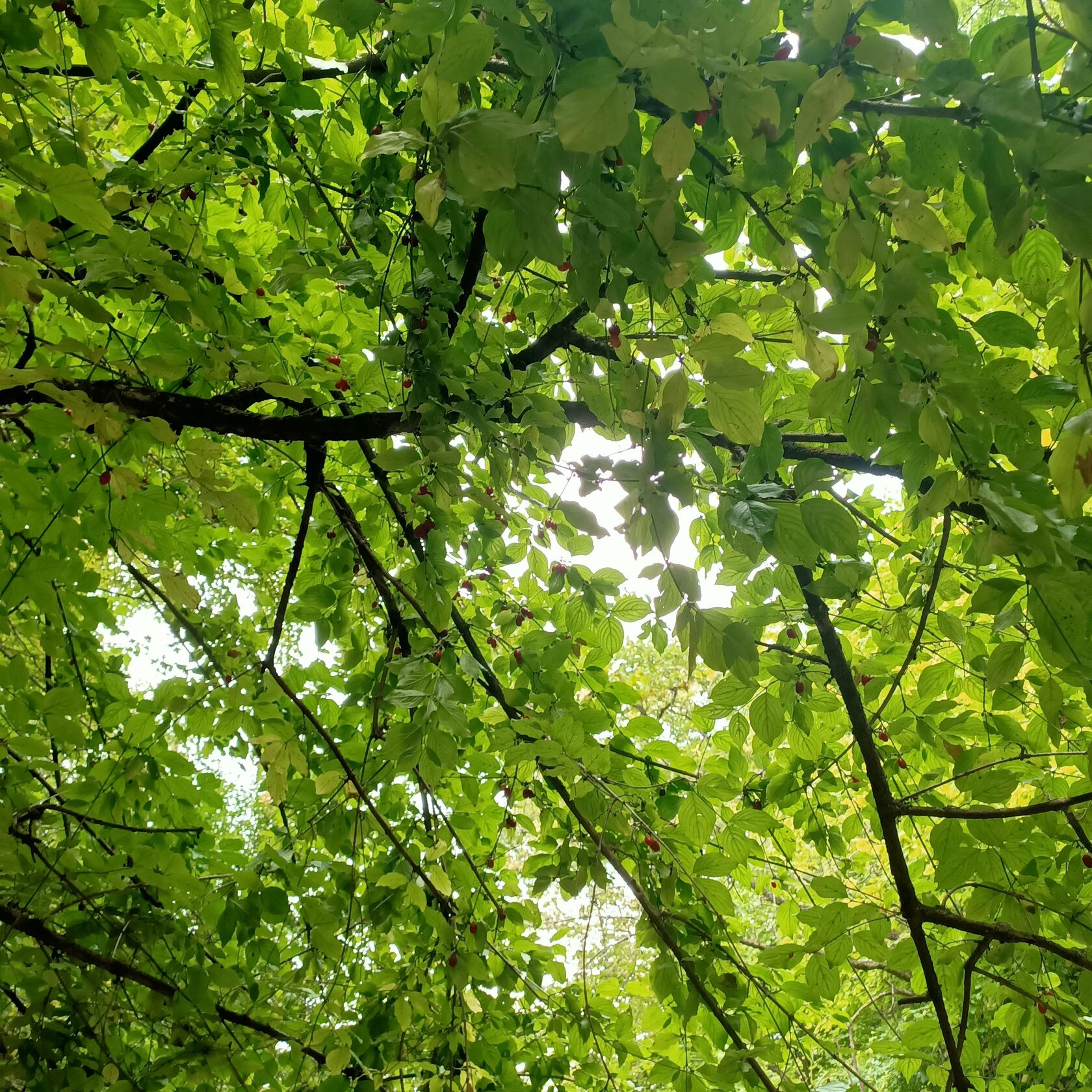
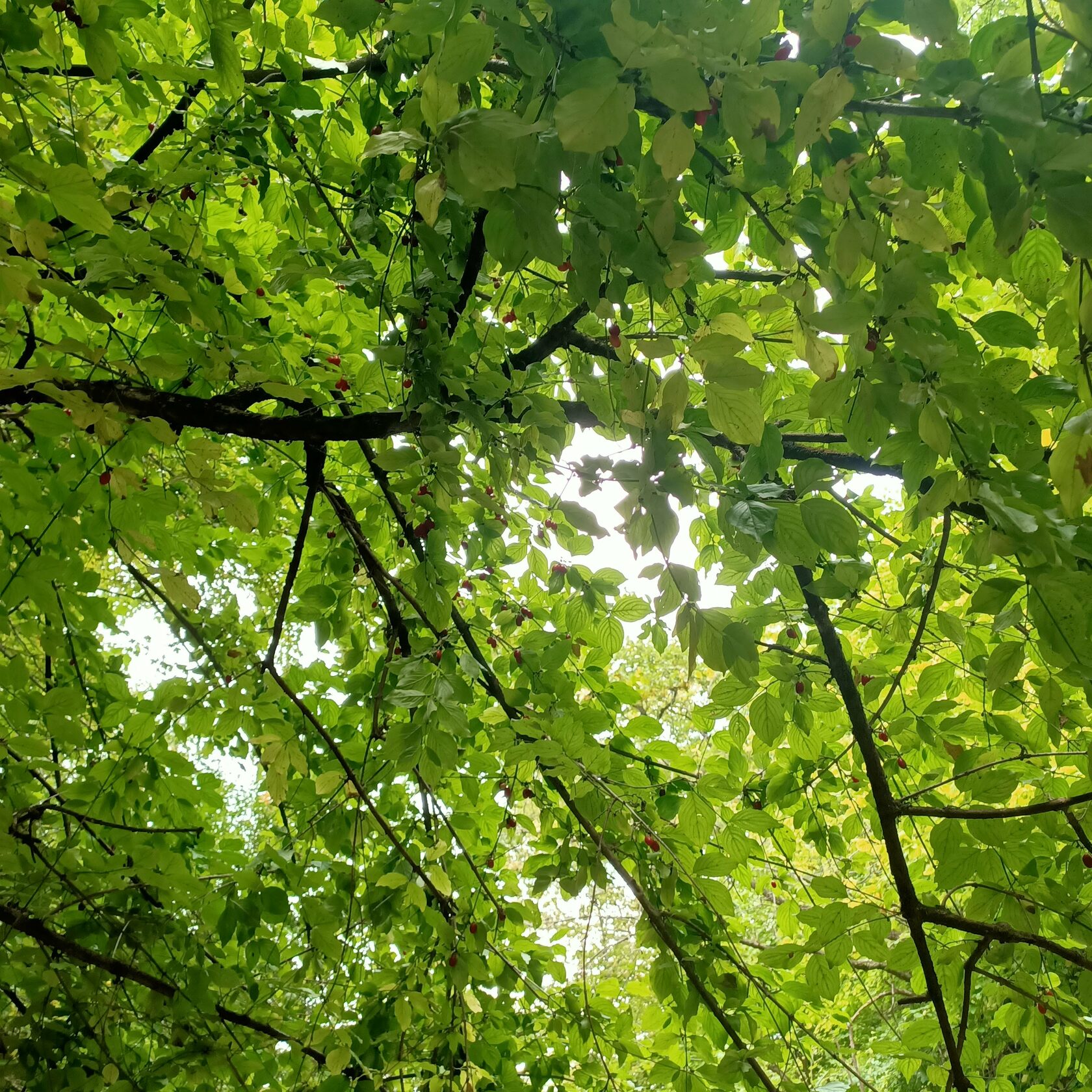
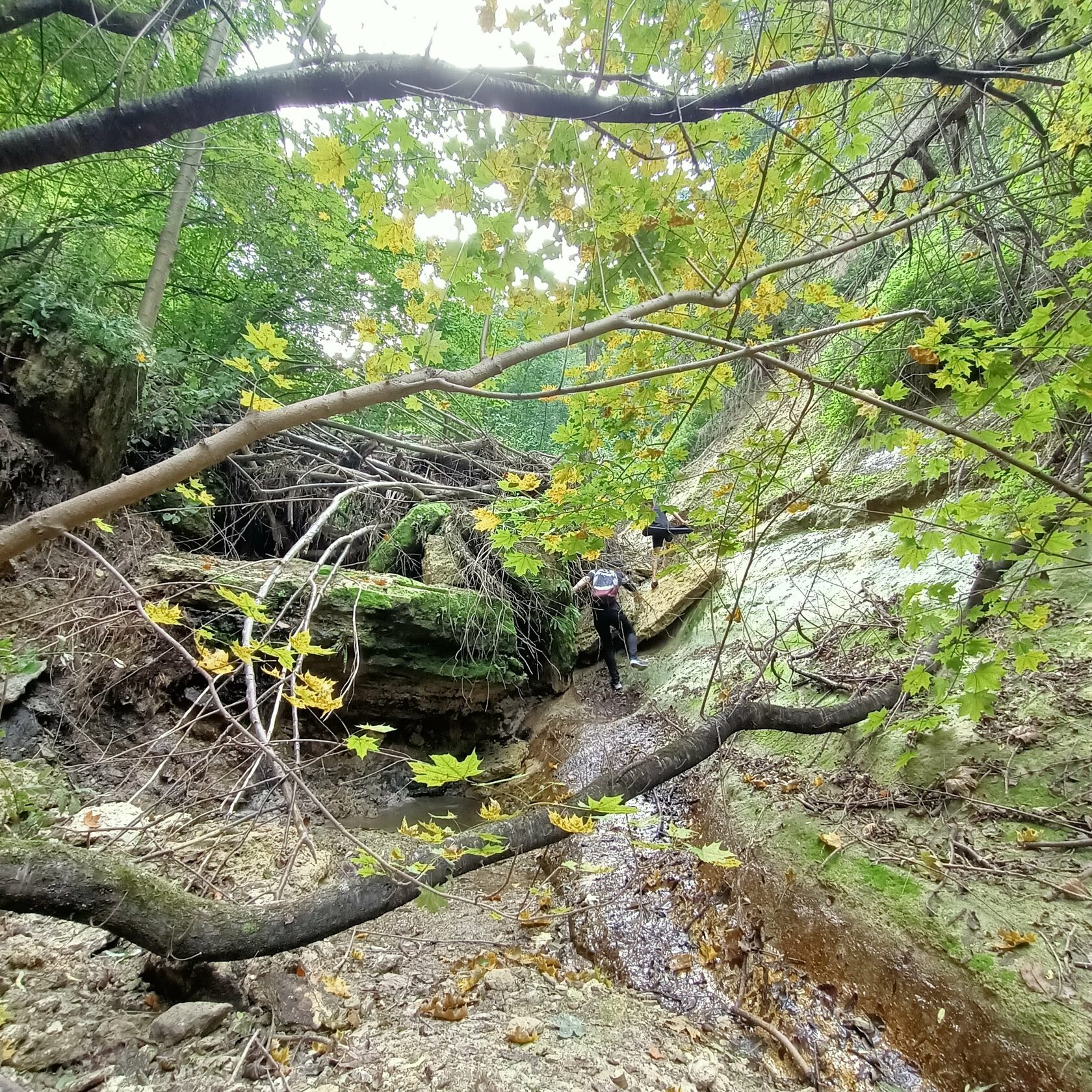
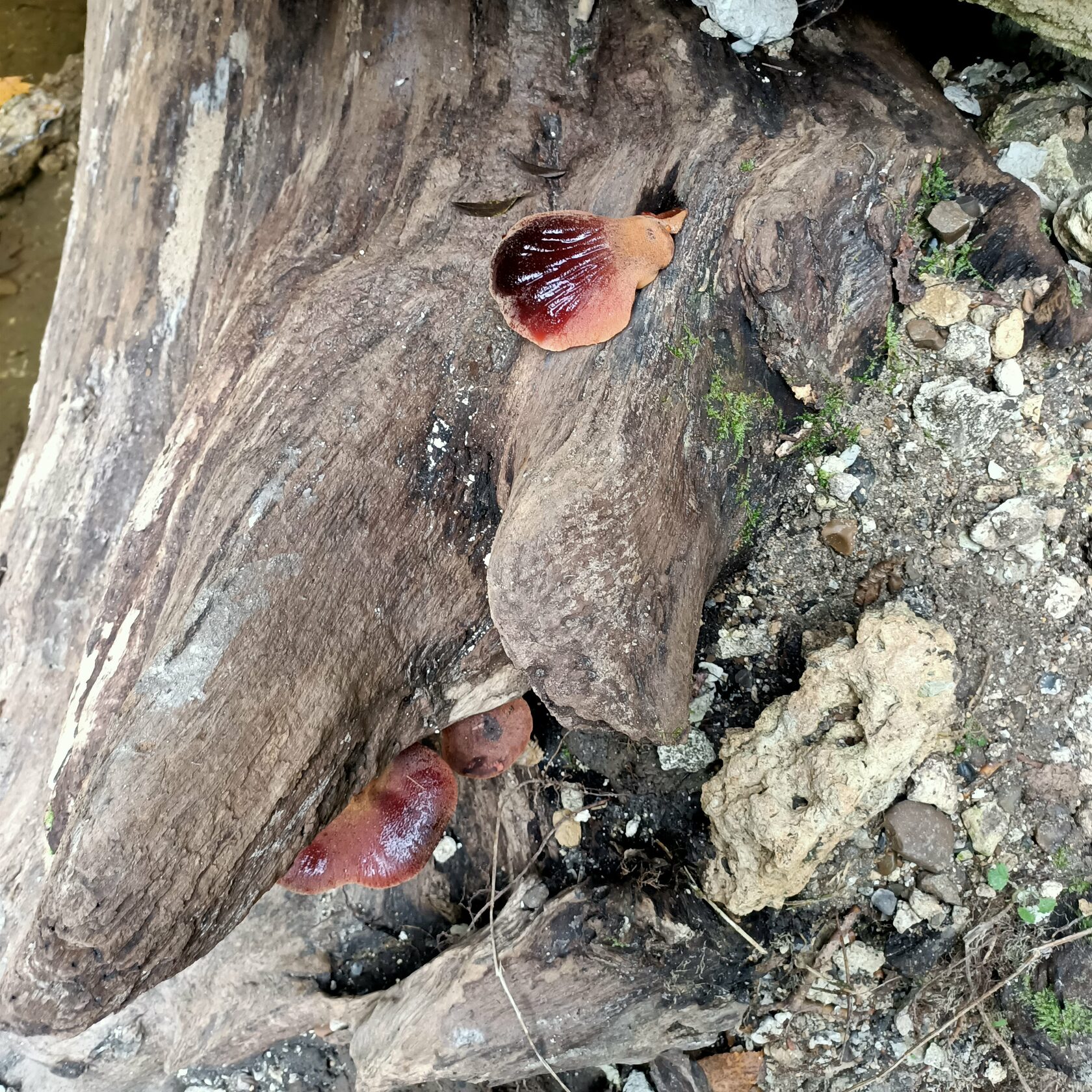
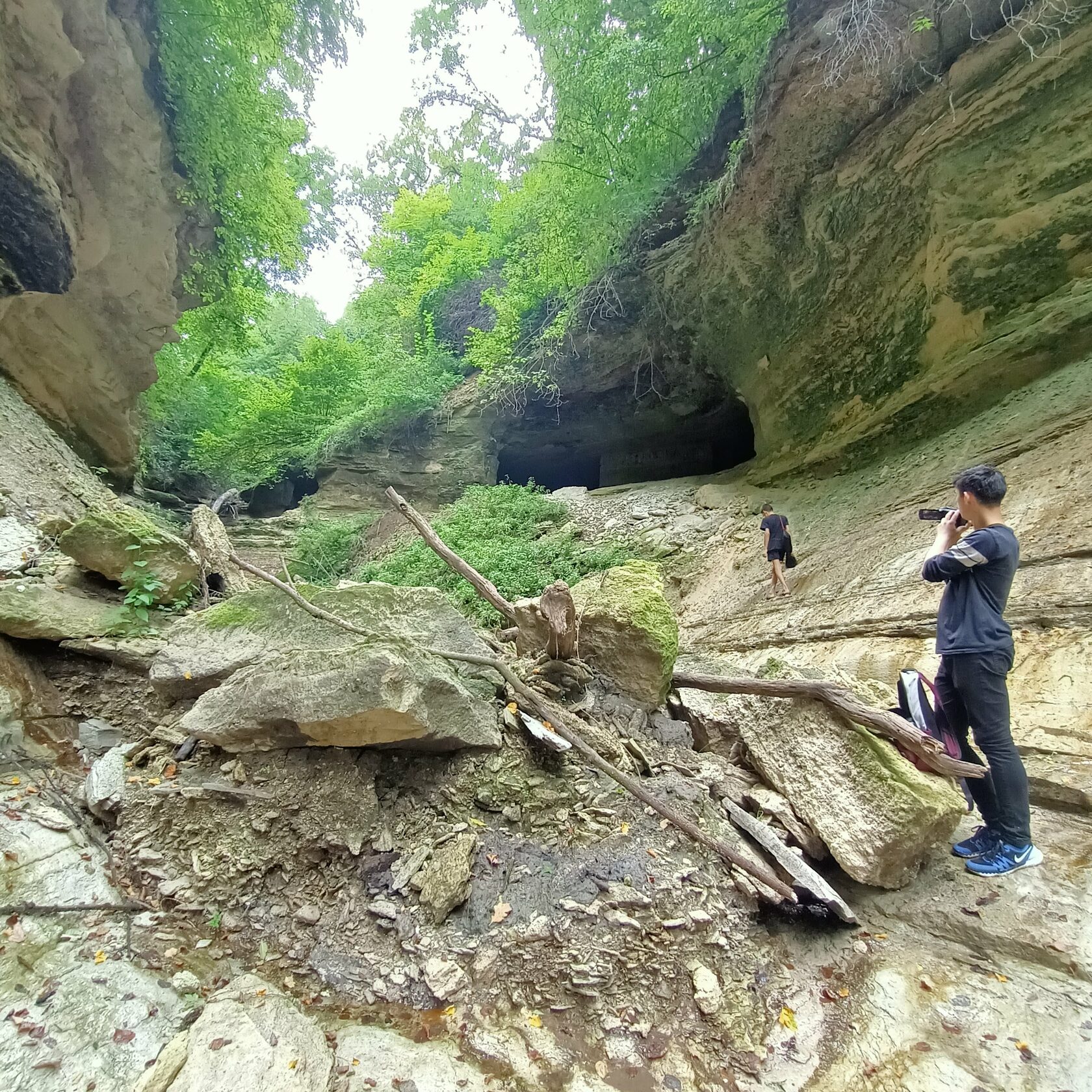
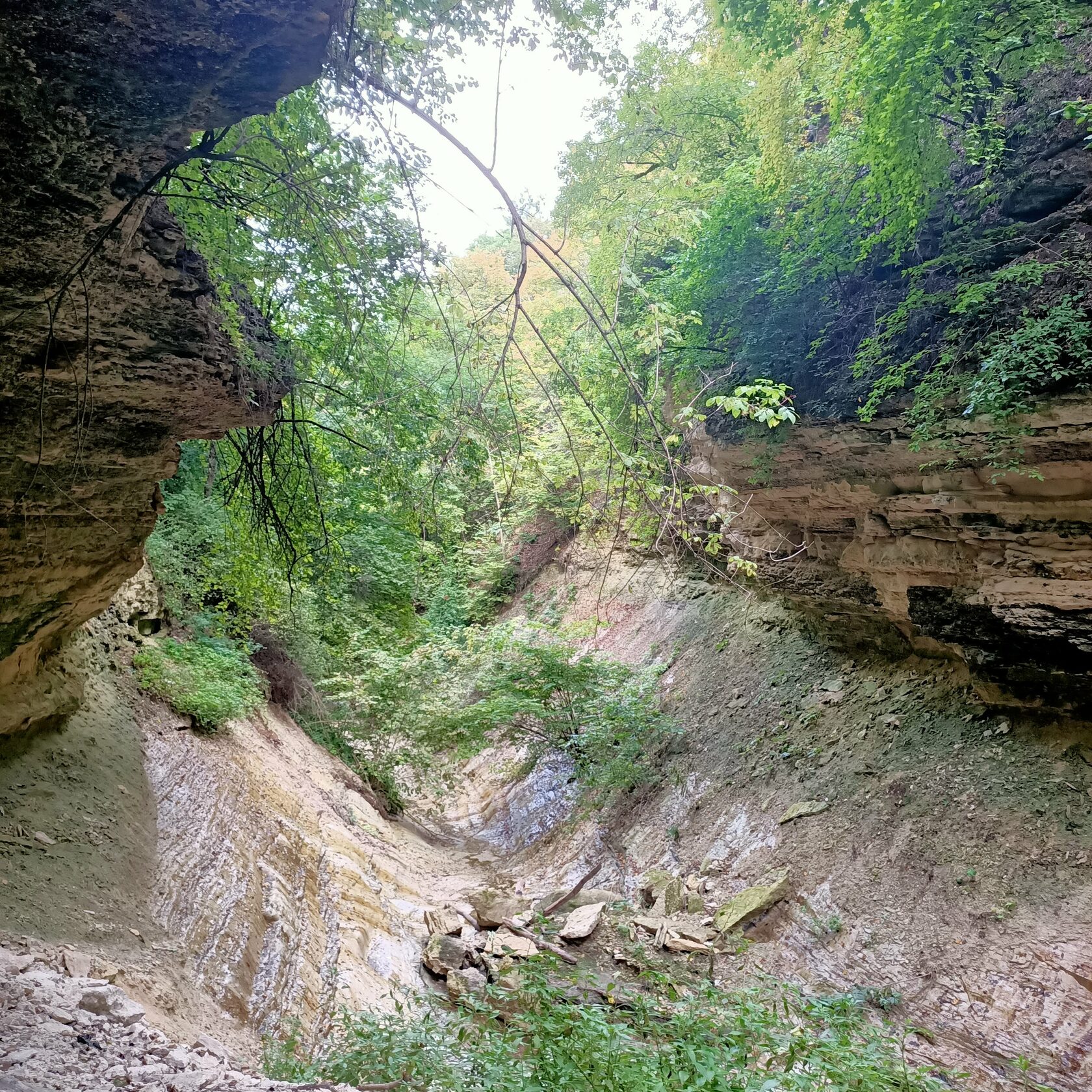

The old couple takes us on the river bank. “If you get on the boat and sail on the river, watching the forest… It’s such a beauty!,” Gheorghe tells us with excitement. He walks slowly and looks towards Nistru, watching the swans, the forest. “The air in Vîșcăuți almost makes you drunk,” he adds. He is followed by his wife Liuda and Daniel, a boy from the neighborhood.
They want to visit the three springs. It is said that the water of each of the springs has distinctive tastes. When they get to the place, they can see tourists’ traces: campfire ash, some pieces of paper. Tourists are not uncommon in these places. Gheorghe tells us that they come with their tents and spend a couple of days here fishing. He likes spending time with them. “All of them say that this is a nice quiet place”.
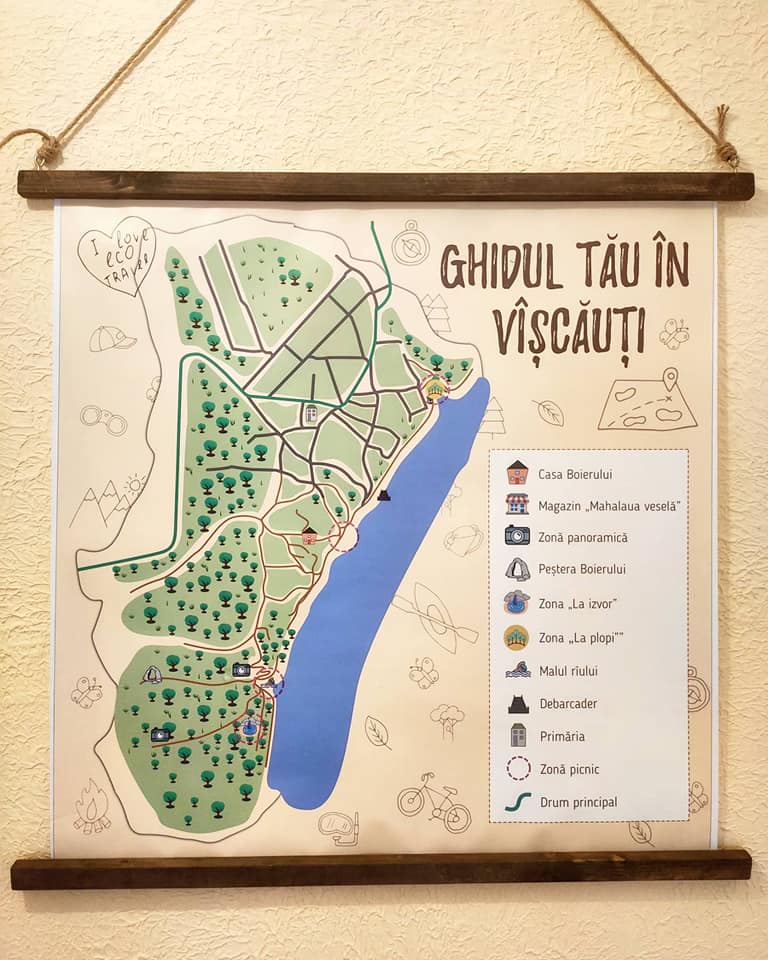
Map drawn for the tourists who visit the Boyar’s House
In Vîșcăuți you can rent a boat from the locals. You can also buy homemade bread, wine and free range chicken, fresh river fish, home grown vegetables. The village also has a beach, a picnic area, a wharf and a neighborhood called “The joyful neighborhood” due to the events organized here. From time to time, people gather here and cook fish soup or barbeque, they play some music, dance and party.
“The hill of Chirița” opens a view of Nistru river and the surrounding areas. “Now everything has dried-up… But when it’s green, the flowers there are wonderful!,” says Gheorghe.
“In Rață’s music video they showed the entire village. They filmed the forest and our meadow”, recalls Gheorghe. “There is also a song – My meadow. He sang it on TV many times,” adds Ludmila.
„Over the mountain, over the river – is my meadow,
Sometimes yearly, sometimes late – I take a walk there,
Over the mountain, over the river – flowers and roses,
Over the mountain, over the river – hidden memories.”
The lyrics to the song “My meadow”, sang by Moldovan singer Ion Rață, born in Vîșcăuți, where the music video was filmed.
Since the pandemic started, Ludmila and Gheorghe appreciate life in the village even more. “When the pandemic started, everyone was so agitated and scared. When we were in Chișinău, we would see all the ambulances and police cars throughout the entire city. But when we came here, it was like coming to heaven. When you get in the yard, you don’t need the mask any longer. We are peaceful here and we see to our chores. In Chișinău we didn’t have anything to do, except sitting on the benches outside. But here we exercise, we grow vegetables, fruits, we make canned food for winter,” Ludmila explains. She appreciates the tourists visiting the village, because the people have the opportunity to sell something to them. “They really don’t have a way to sell something in the village, no means to make a living.”
The luck and the happiness to be born at the river
Because the village is located on the banks of Nistru, the river is the one dictating the life in the region: it gives people water, it gives them food, but also leisure areas. Gheorghe remembers that especially during the soviet period he would visit his relatives on the other side of the river, in the village of Harmațca. They would barbeque under the willows near the river and then cross Nistru and continue their party under the willows of Vîșcăuți.
At the guest house, while stirring the pot roast, Lucia is humming a sad song. She is absorbed by the process and lets herself caught up in the moment:
Nistru, don’t drown me,
Nistru, don’t drown me,
Shai-rai-rai-ra, Shai-rai-rai-ra.
You don’t have the money to burry me,
You don’t have the money to burry me,
Shai-rai-rai-ra, Shai-rai-rai-ra.
“I woke up to this song. I woke up with my grandparents, with my parents, with the entire village singing it, and we learned it.” She grinds some cheese on a plate, and on another she puts some parmesan – so it’ll be tastier with the mămăliga. She puts some clay plates on the table and invites the guests.
“I am very proud to be born near the river,” says Lucia. She has happy memories of her childhood, when the winters were colder and the ice on the river could reach even 1 meter in depth. “Cars and tractors, even trucks with gas tanks would cross Nistru, driving towards the Transnistrian region,” she explains.
1 434 |
1 210 |
People live in VîșcăuțiSources: BNS, 2014 |
People live in HarmațcaSources: dubossary.ru, 2013 |
Even today, the bond between the two river banks is not lost. Lucia has relatives living in the village across the river, in Harmațca. “We have brothers and sisters, we have cousins, we are all related to each other. Because it’s a whole.”
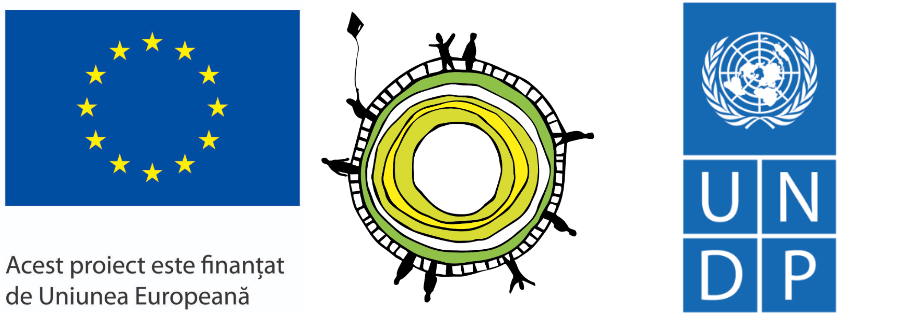
Produced with the financial support of the European Union within the “Support to Confidence Building Measures” project, implemented by UNDP. The opinions expressed in this material do not necessarily reflect the official position of the EU or UNDP.
Economy
Romania and Moldova signed a partnership memorandum pledging to cooperate in promoting their wines
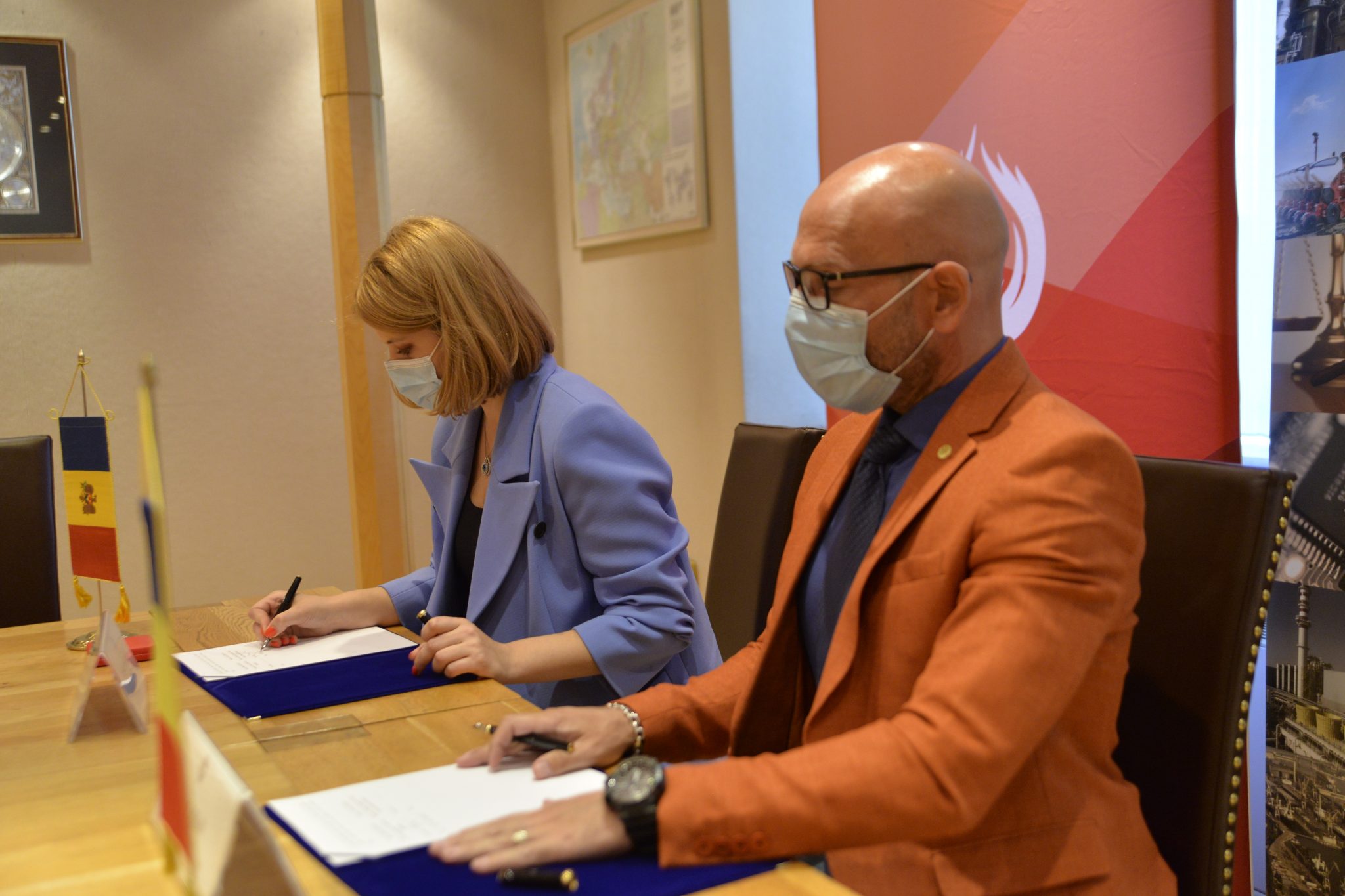
Reading Time: 2 minutesThe Chamber of Commerce and Industry of Romania (CCIR) and the National Office for Vine and Wine (NOVW) of the Republic of Moldova signed, last week, a memorandum of cooperation on organizing joint promotional activities in the markets of common interest, as the CCIR announced.
China, Japan or the USA are just some of the markets targeted by the Romanian and Moldovan institutions. The memorandum also involves advertising activities for wines from common indigenous varieties, promoting the oeno-tourist region, developing a tourist route in the two states, exchange of experience, study visits, and mutual support in identifying new export opportunities. “We are very confident that this collaboration between our organizations will lead to sustainable economic growth and a higher degree of well-being among Moldovans and Romanians,” claimed Deputy Secretary-General of CCIR, Bogdan Visan.
On the other hand, Director of the NOVW, Cristina Frolov, declared that no open competition with Romania is aimed at the governmental level of the Republic of Moldova. “This request for collaboration is a consequence of the partnership principle. Romania imports 10-12% of the wine it consumes, and we want to take more from this import quota. Every year, the Romanian market grows by approximately 2.8%, as it happened in 2020, and we are interested in taking a maximum share of this percentage of imported wines without entering into direct competition with the Romanian producer,” the Moldovan official said. She also mentioned that Moldova aims at increasing the market share of wine production by at least 50% compared to 2020, and the number of producers present on the Romanian market – by at least 40%.
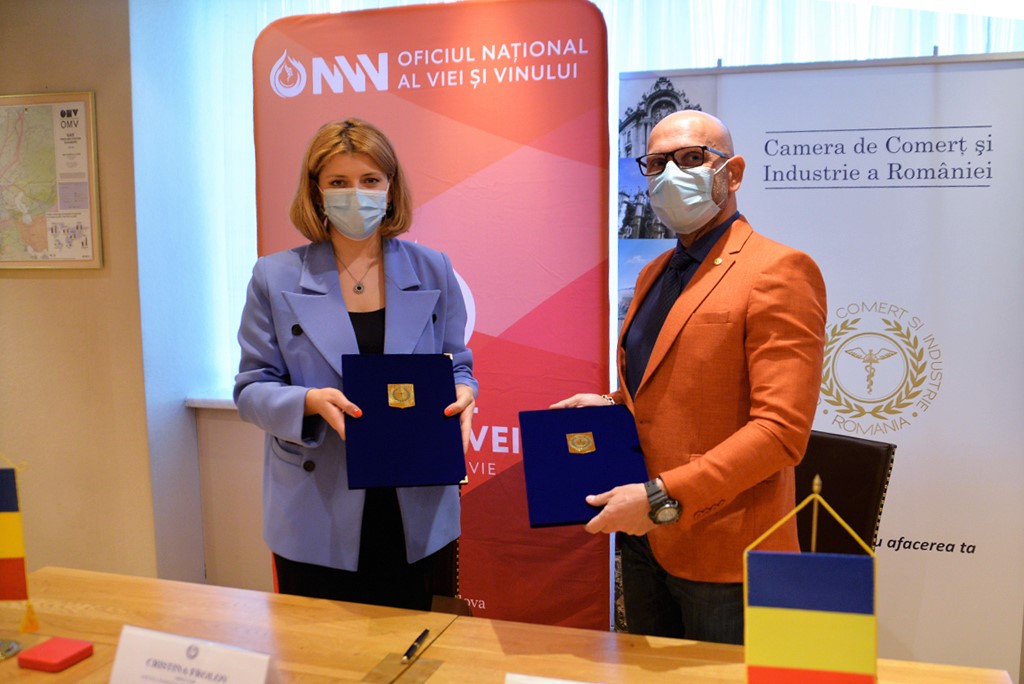
Source: ccir.ro
**
According to the data of the Romanian National Trade Register Office, the total value of Romania-Moldova trade was 1.7 billion euros at the end of last year and over 805 million euros at the end of May 2021. In July 2021, there were 6 522 companies from the Republic of Moldova in Romania, with a total capital value of 45.9 million euros.
The data of Moldova’s National Office of Vine and Wine showed that, in the first 7 months of 2021, the total quantity of bottled wine was about 27 million litres (registering an increase of 10% as compared to the same period last year), with a value of more than one billion lei, which is 32% more than the same period last year. Moldovan wines were awarded 956 medals at 32 international competitions in 2020.
Photo: ccir.ro



